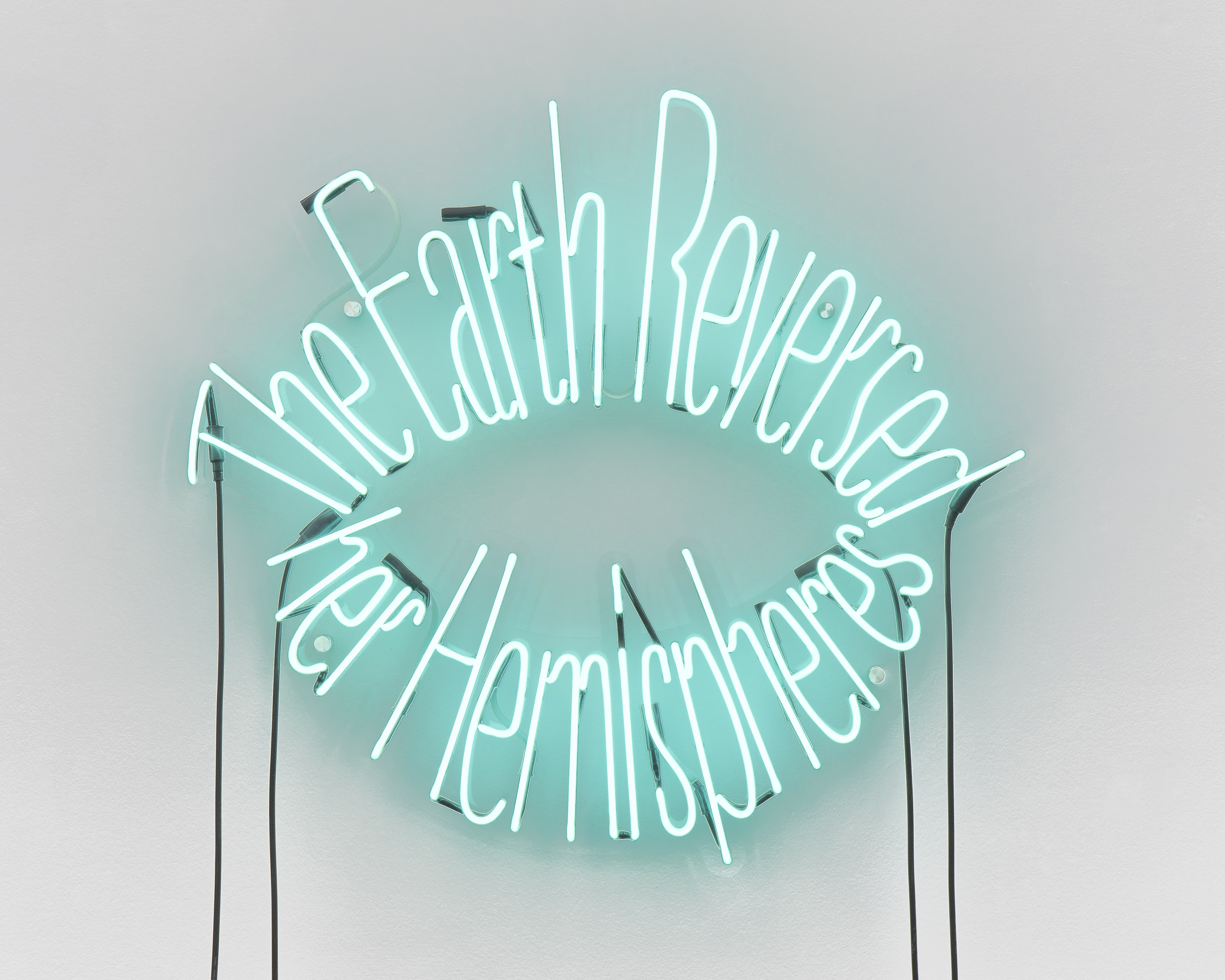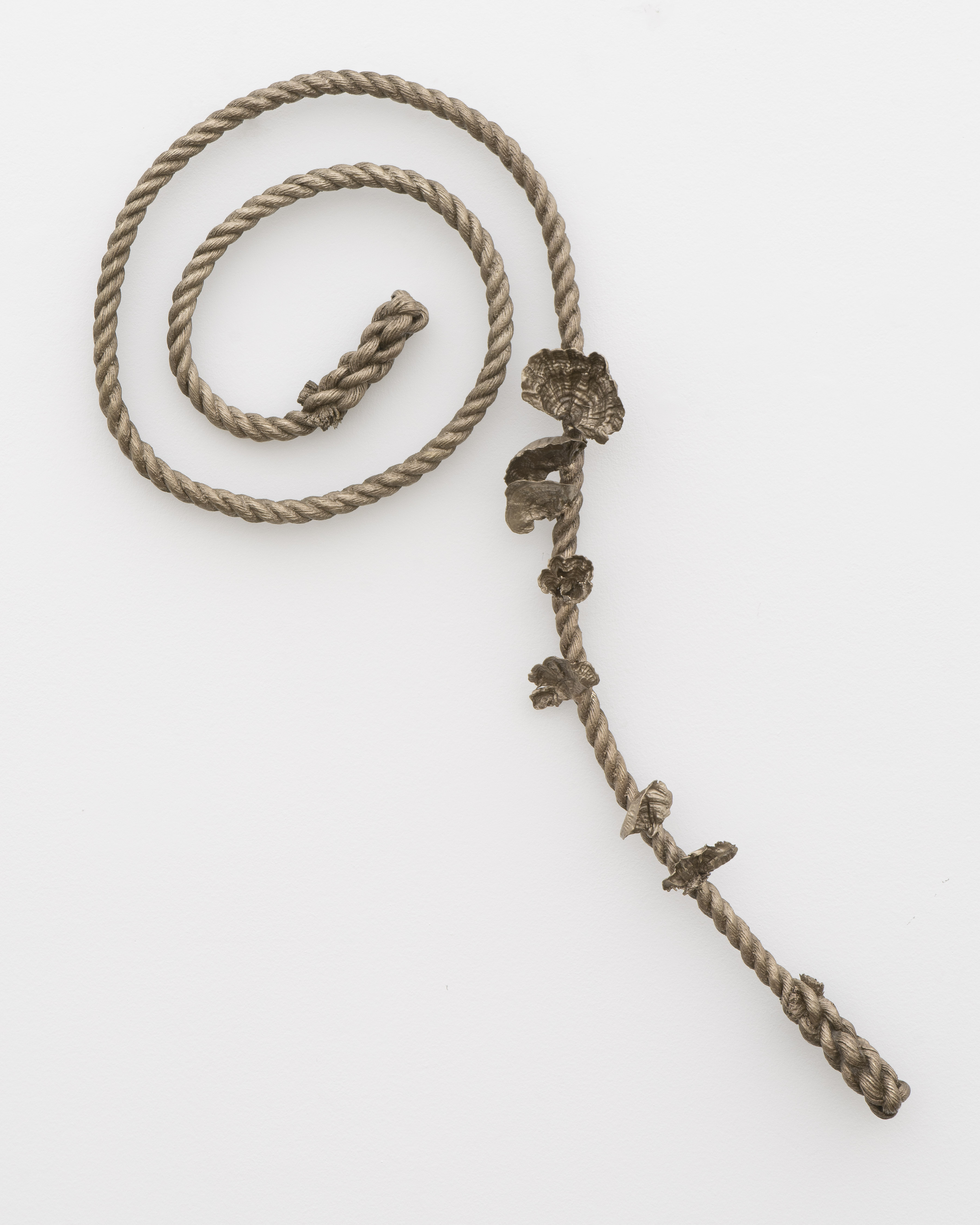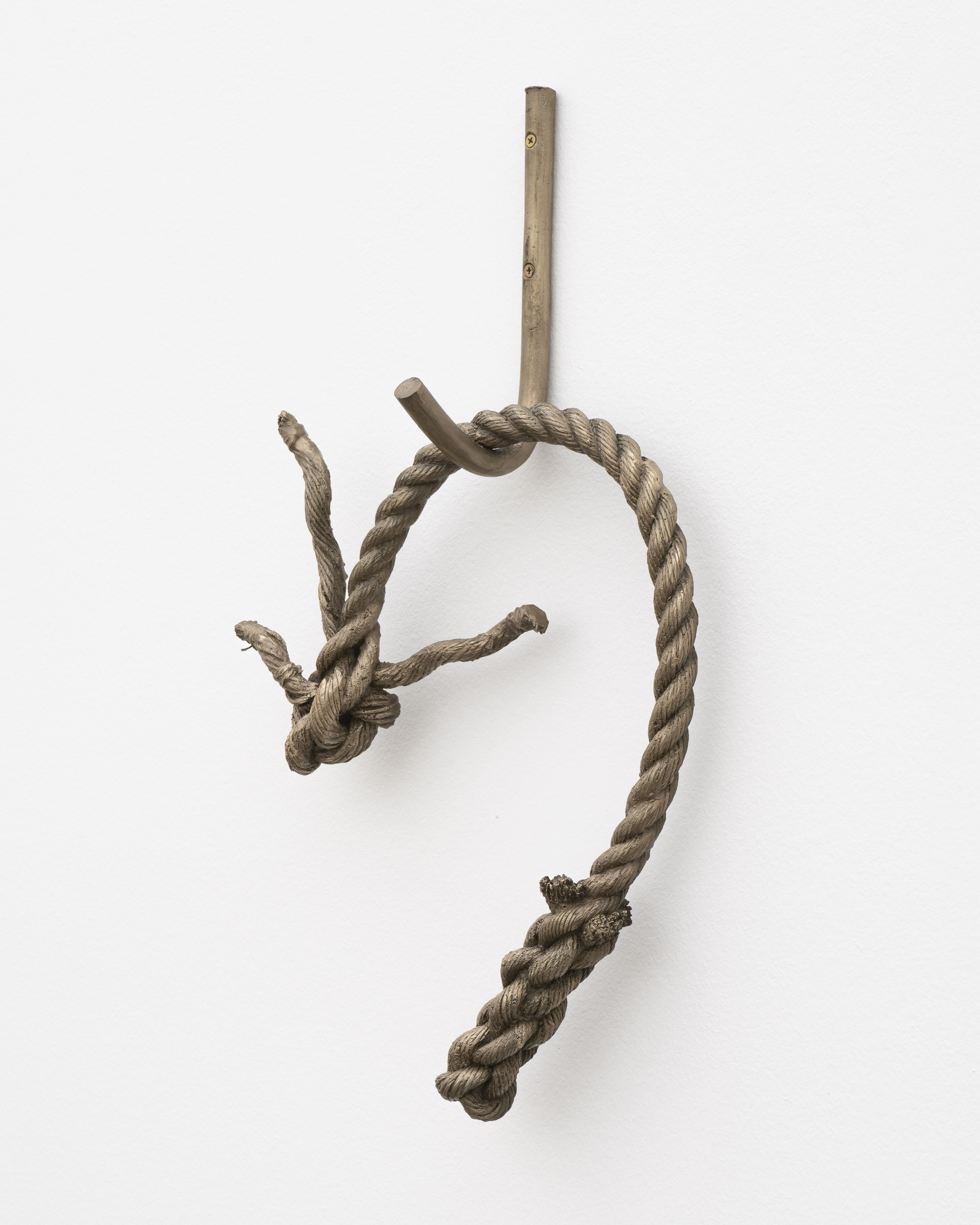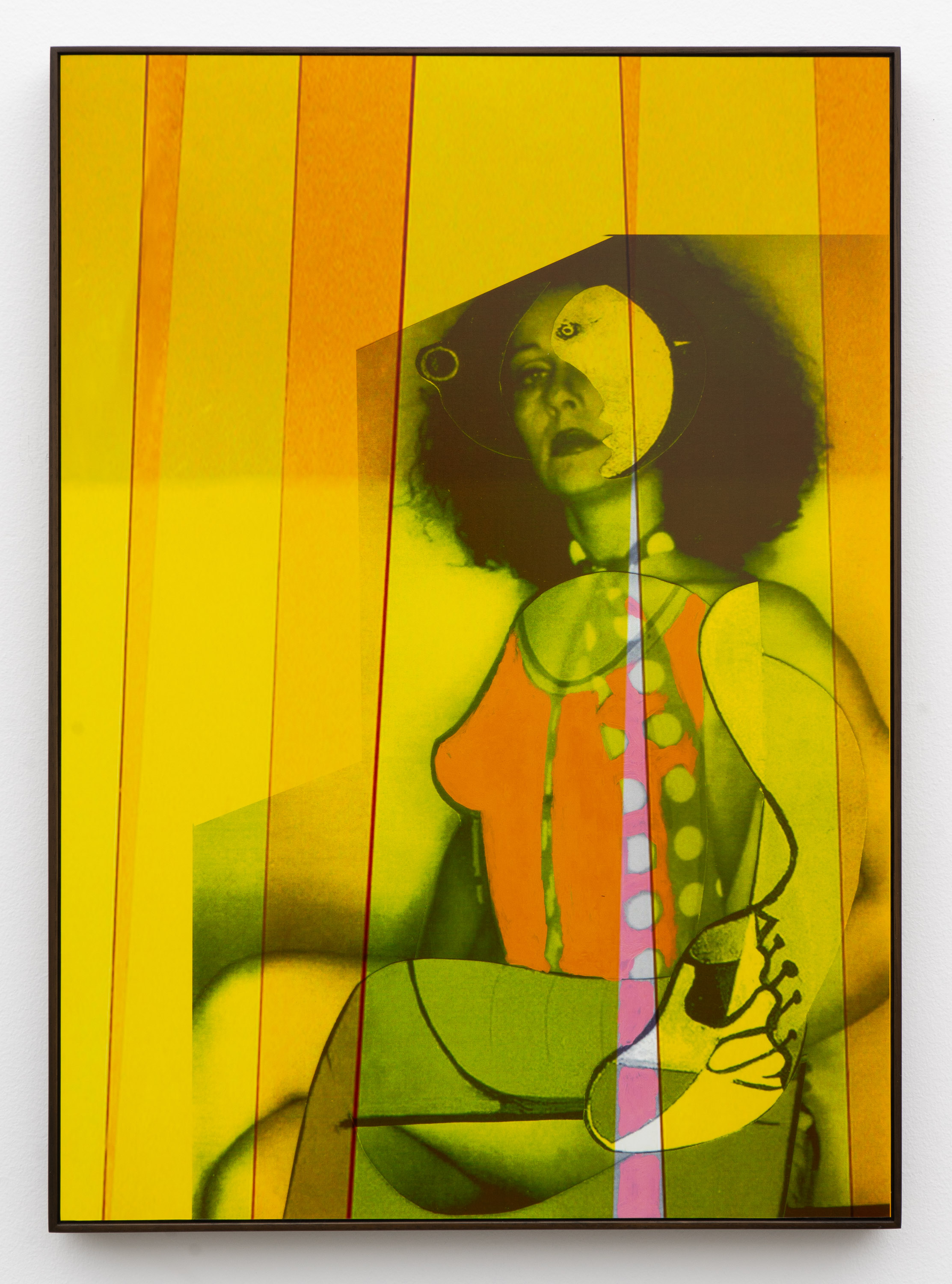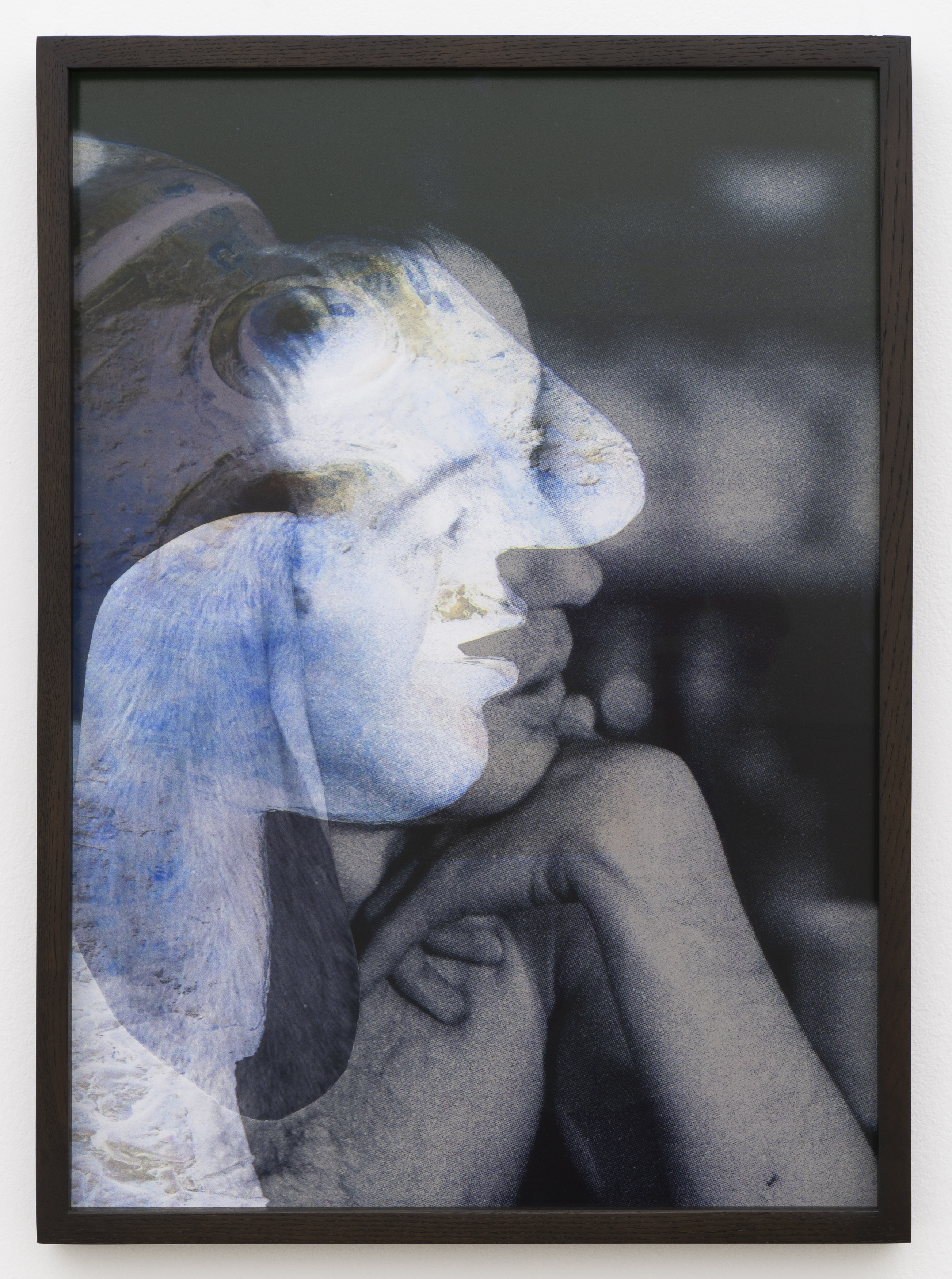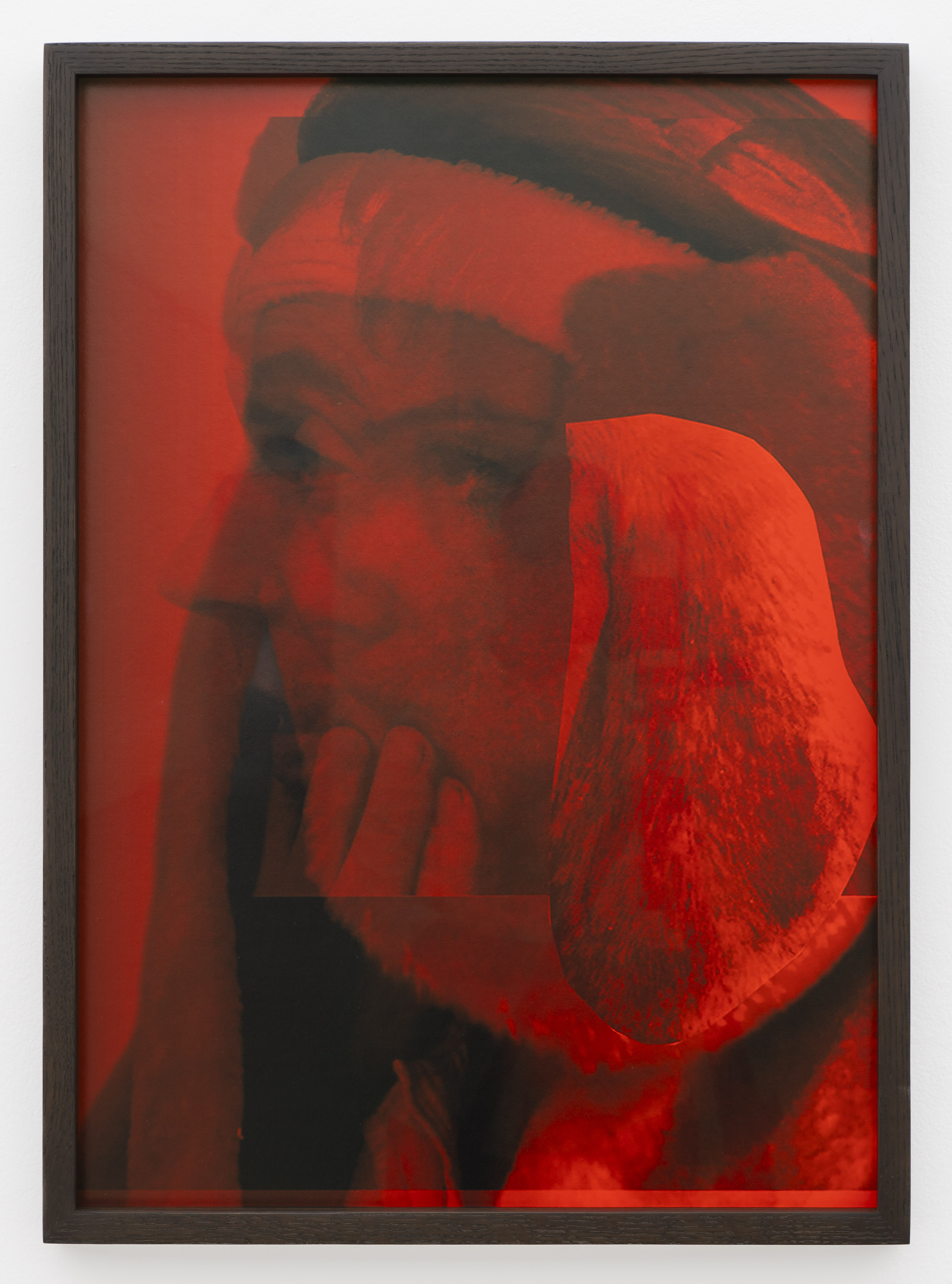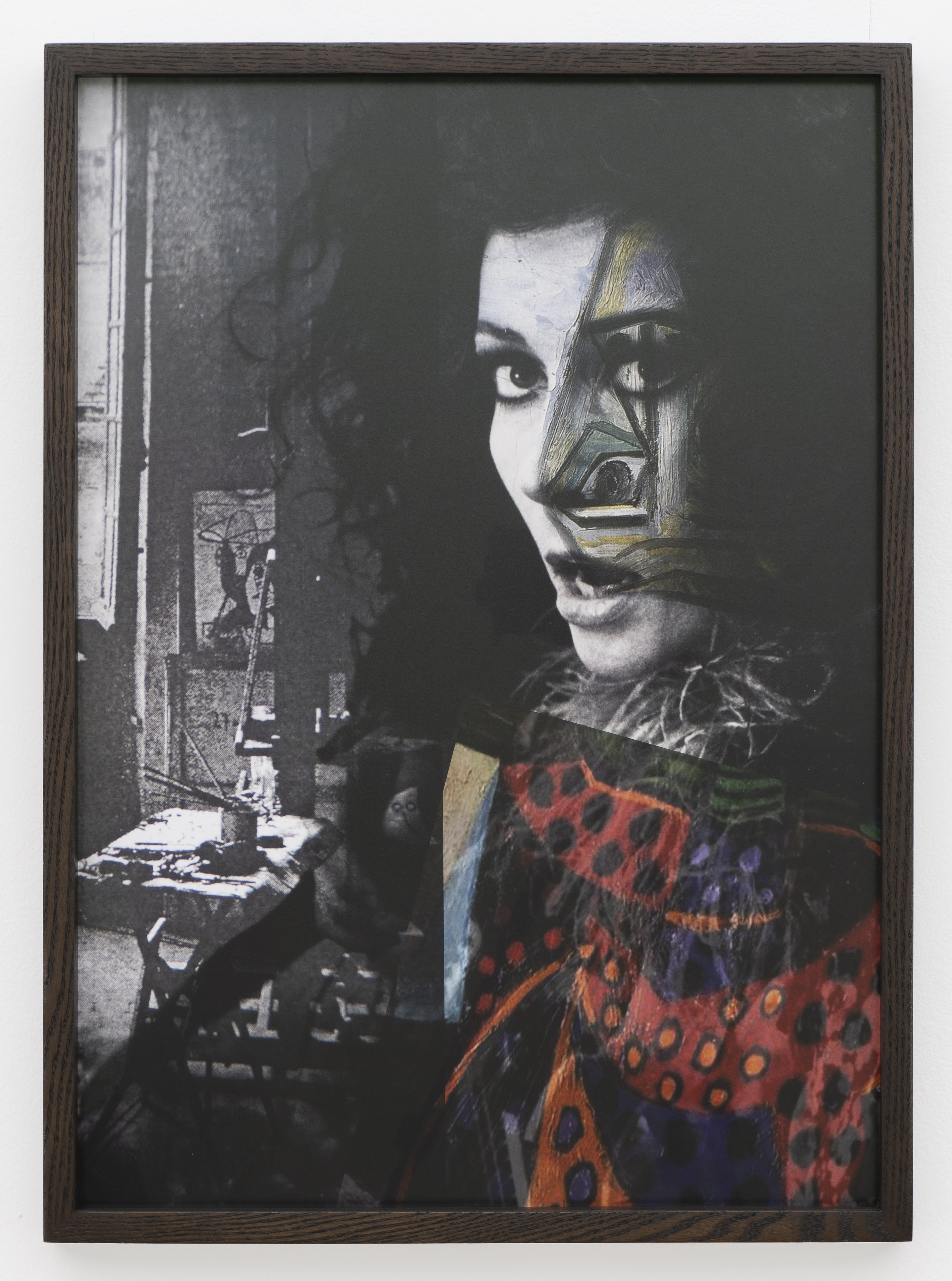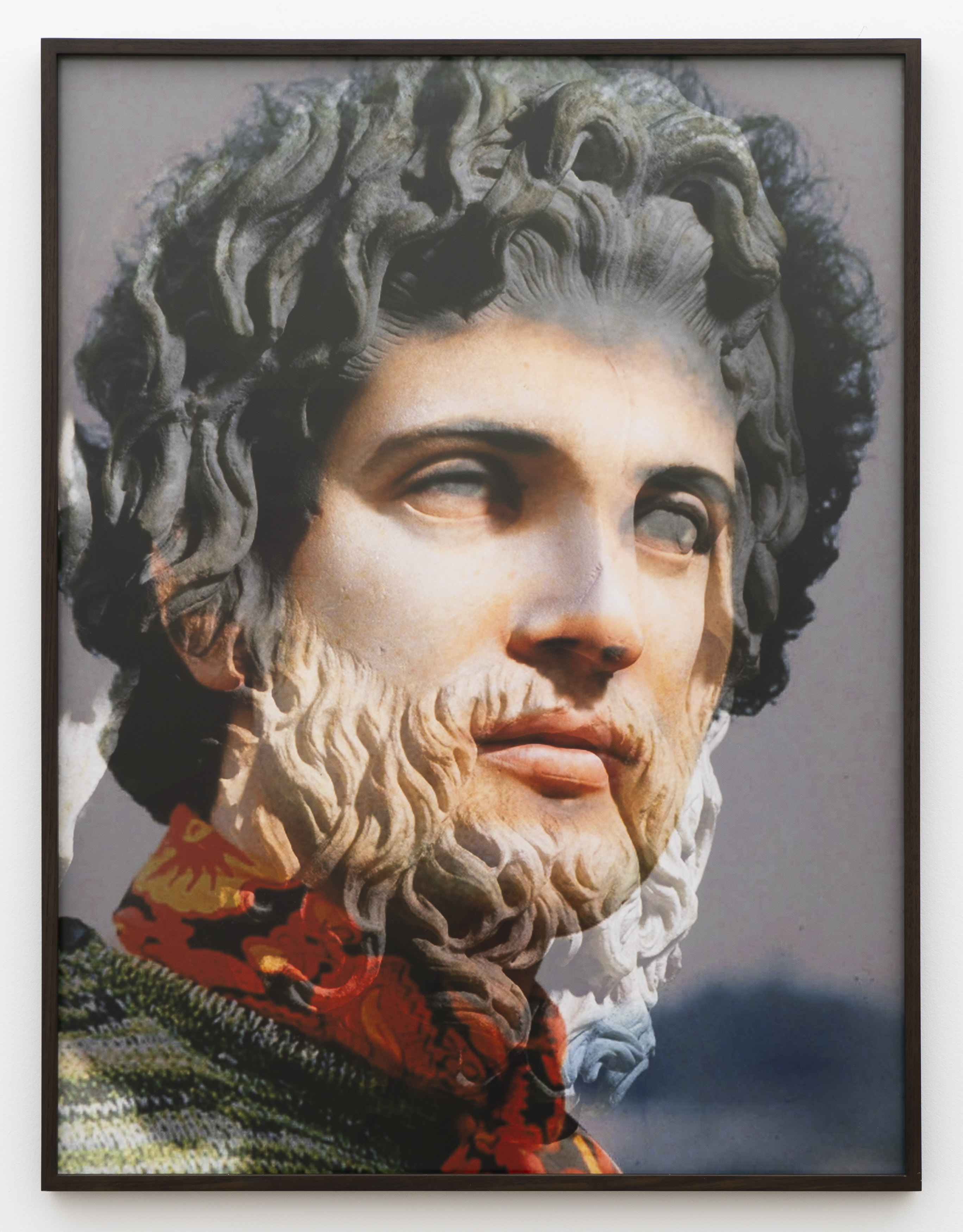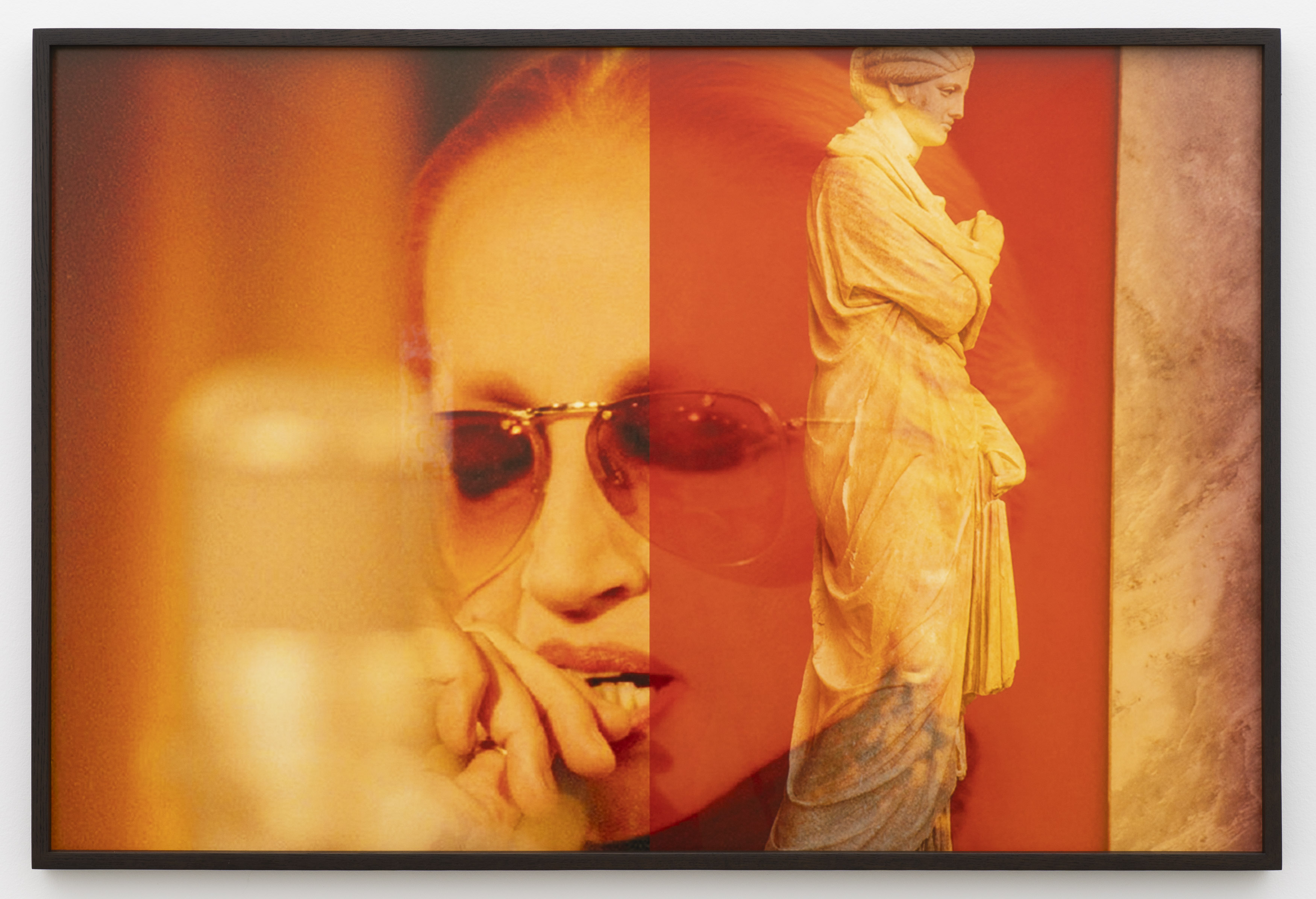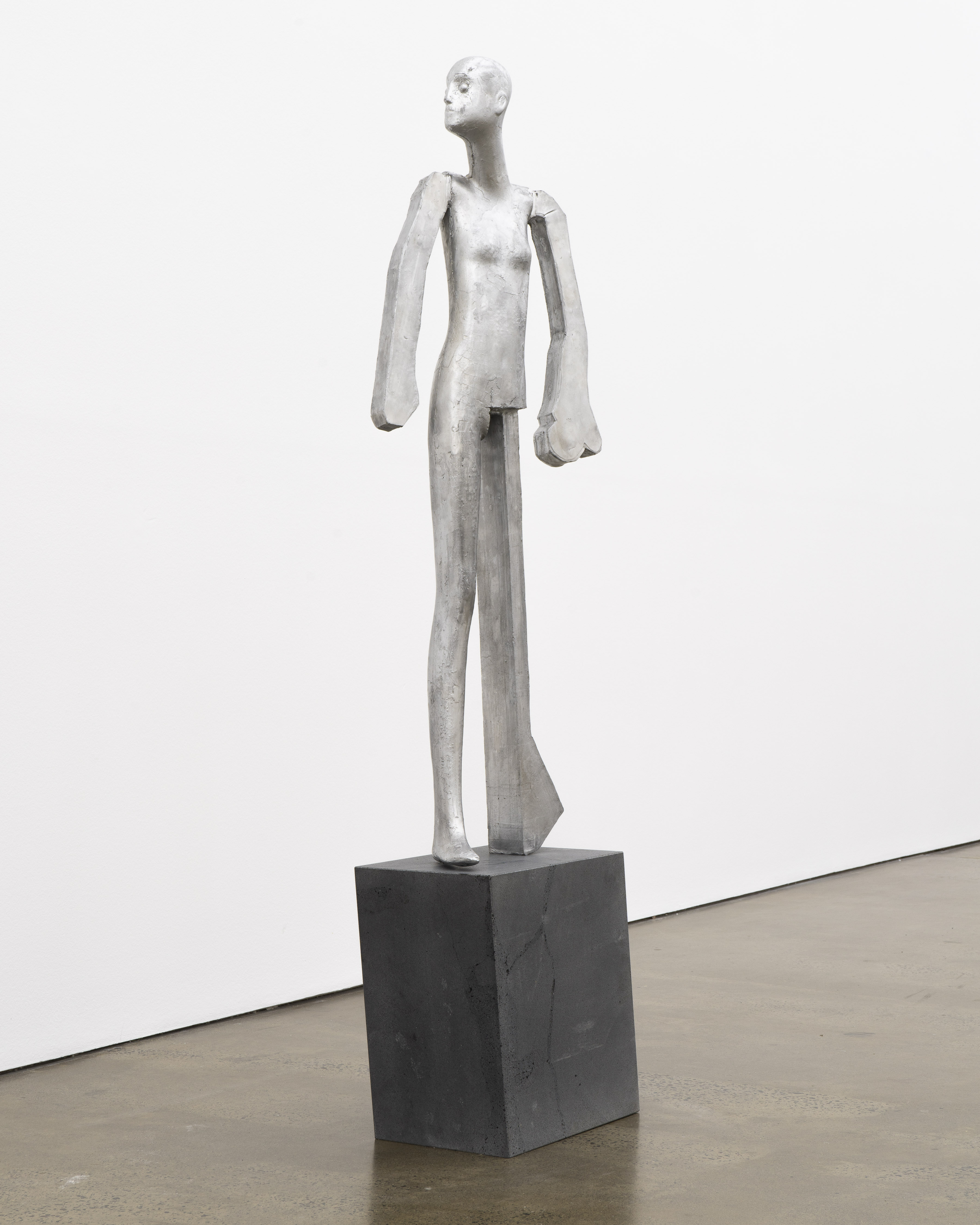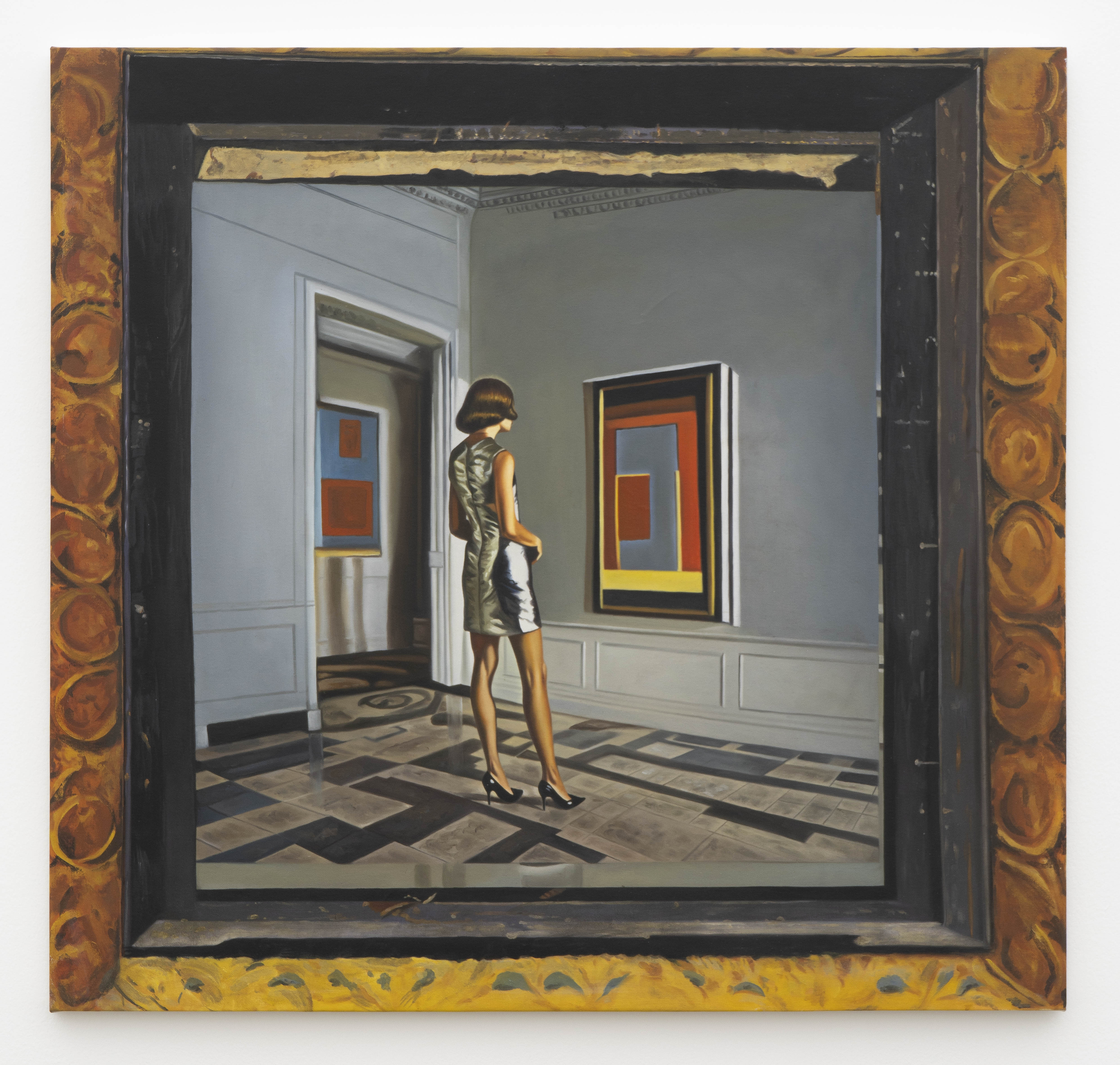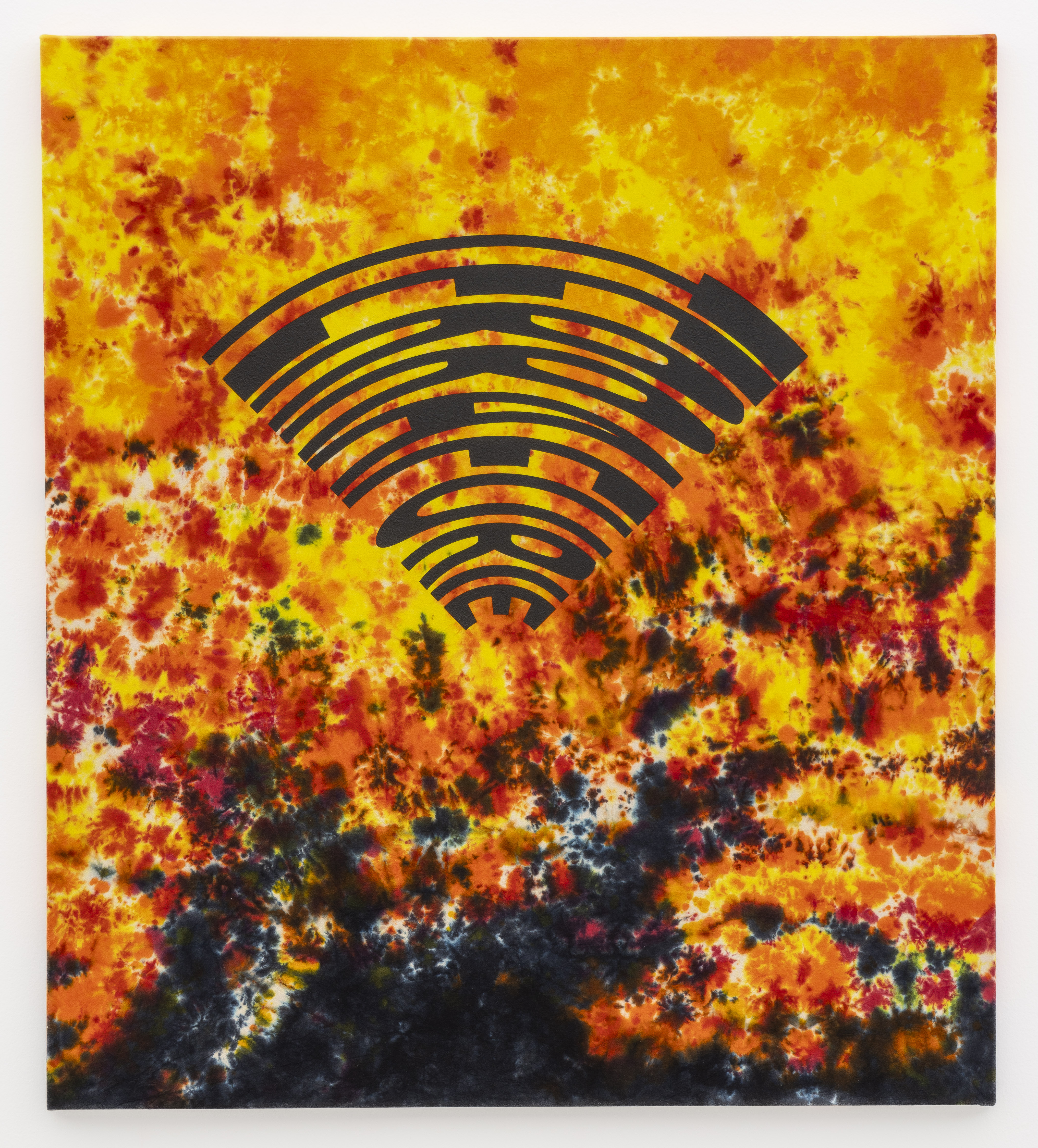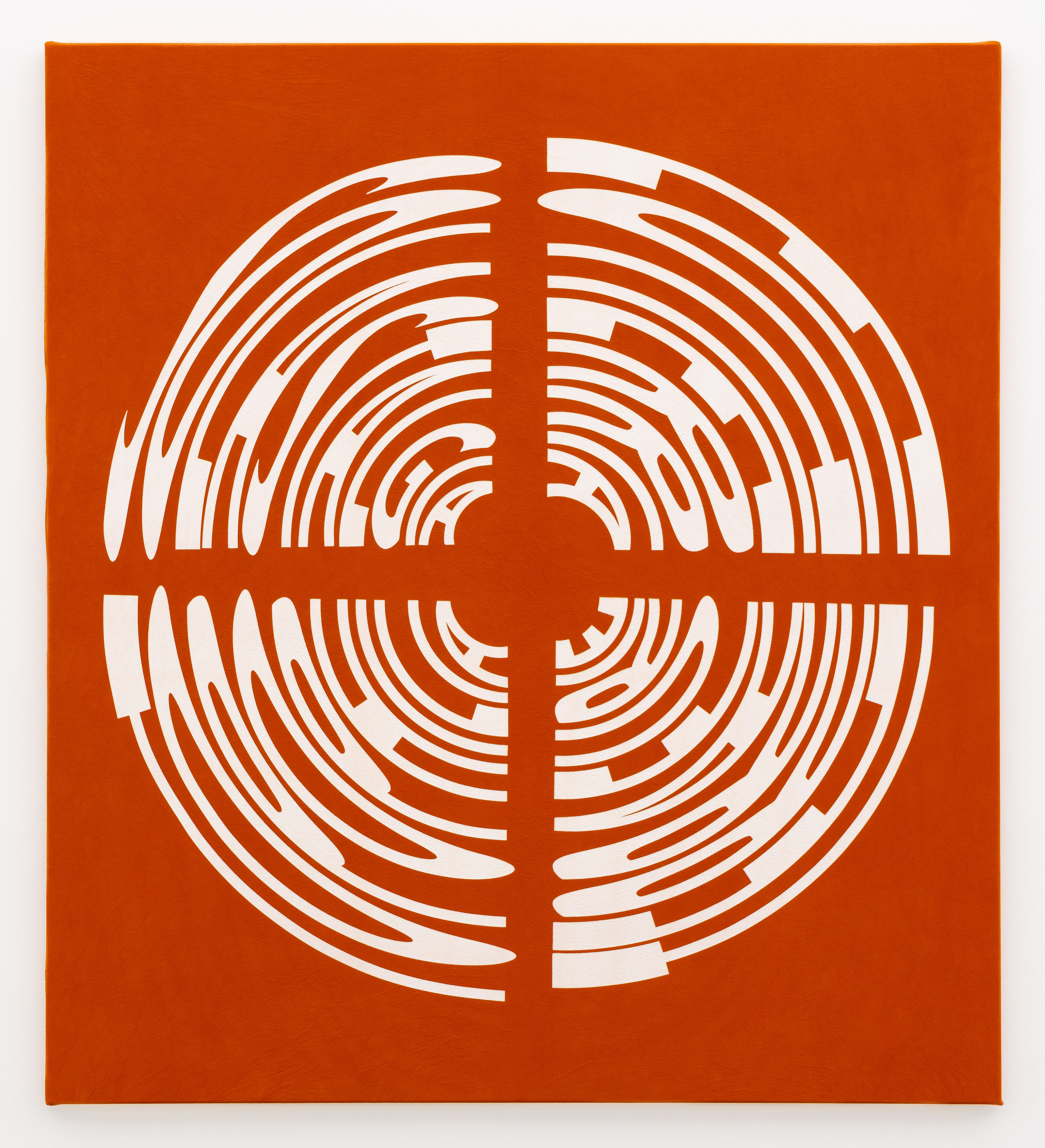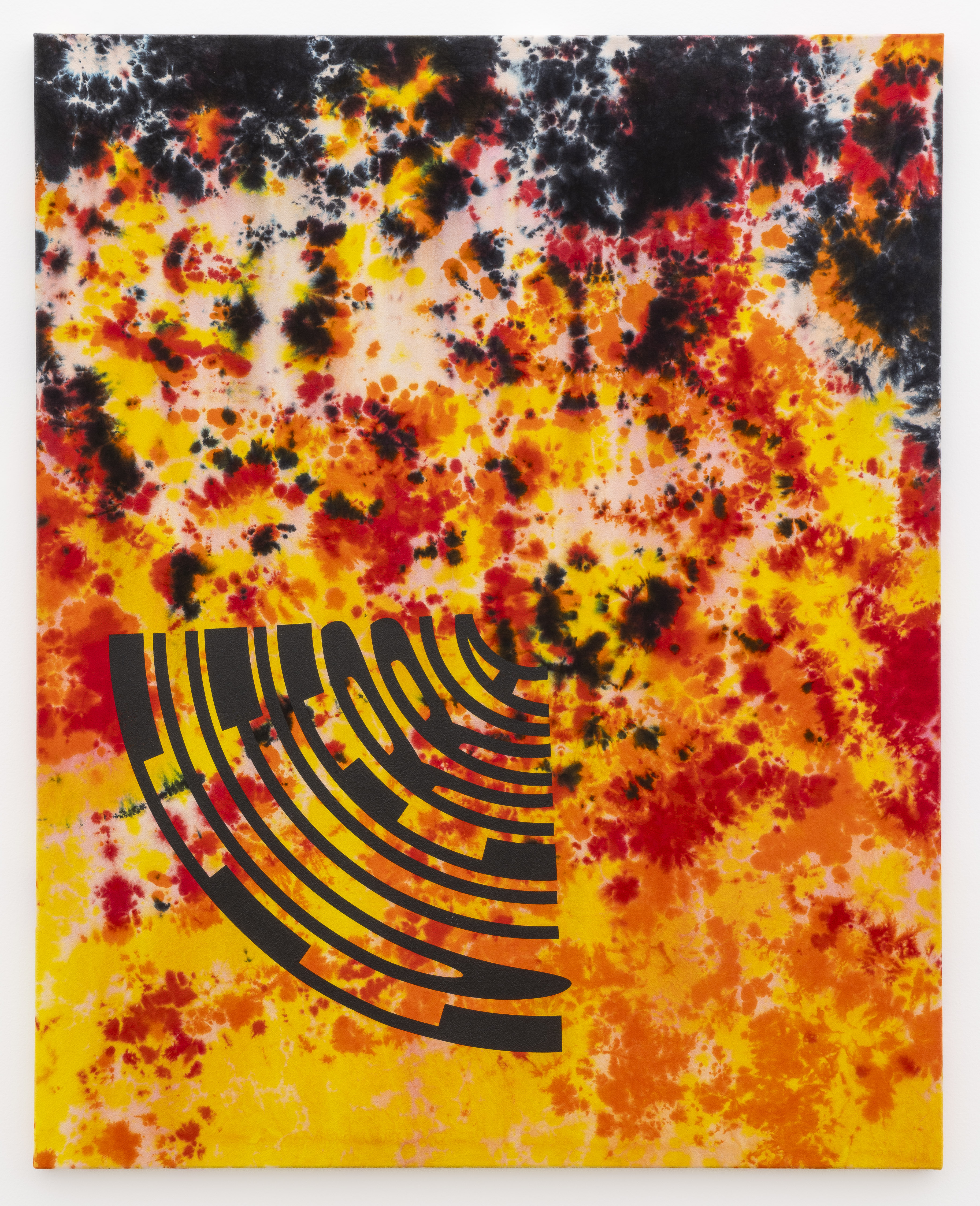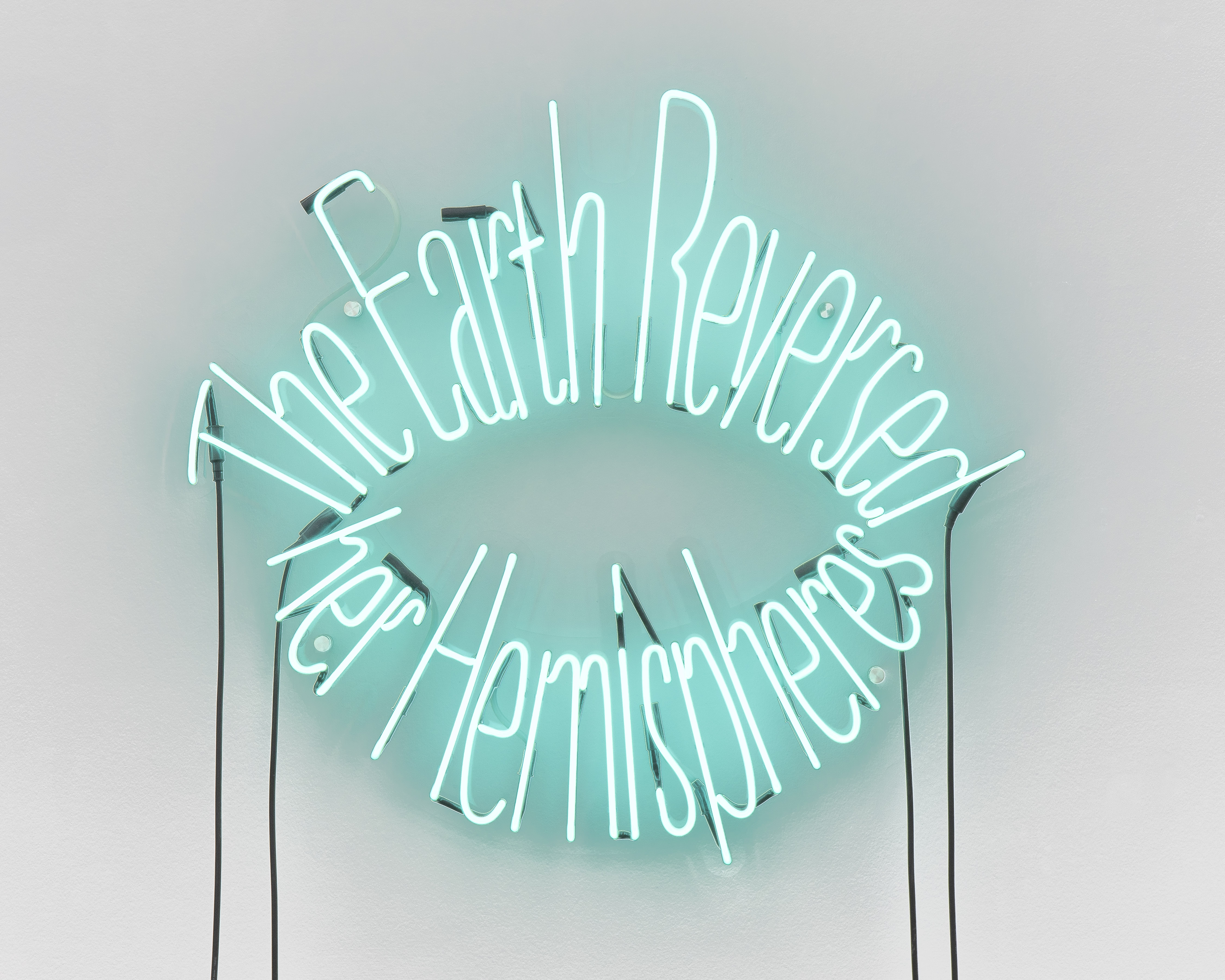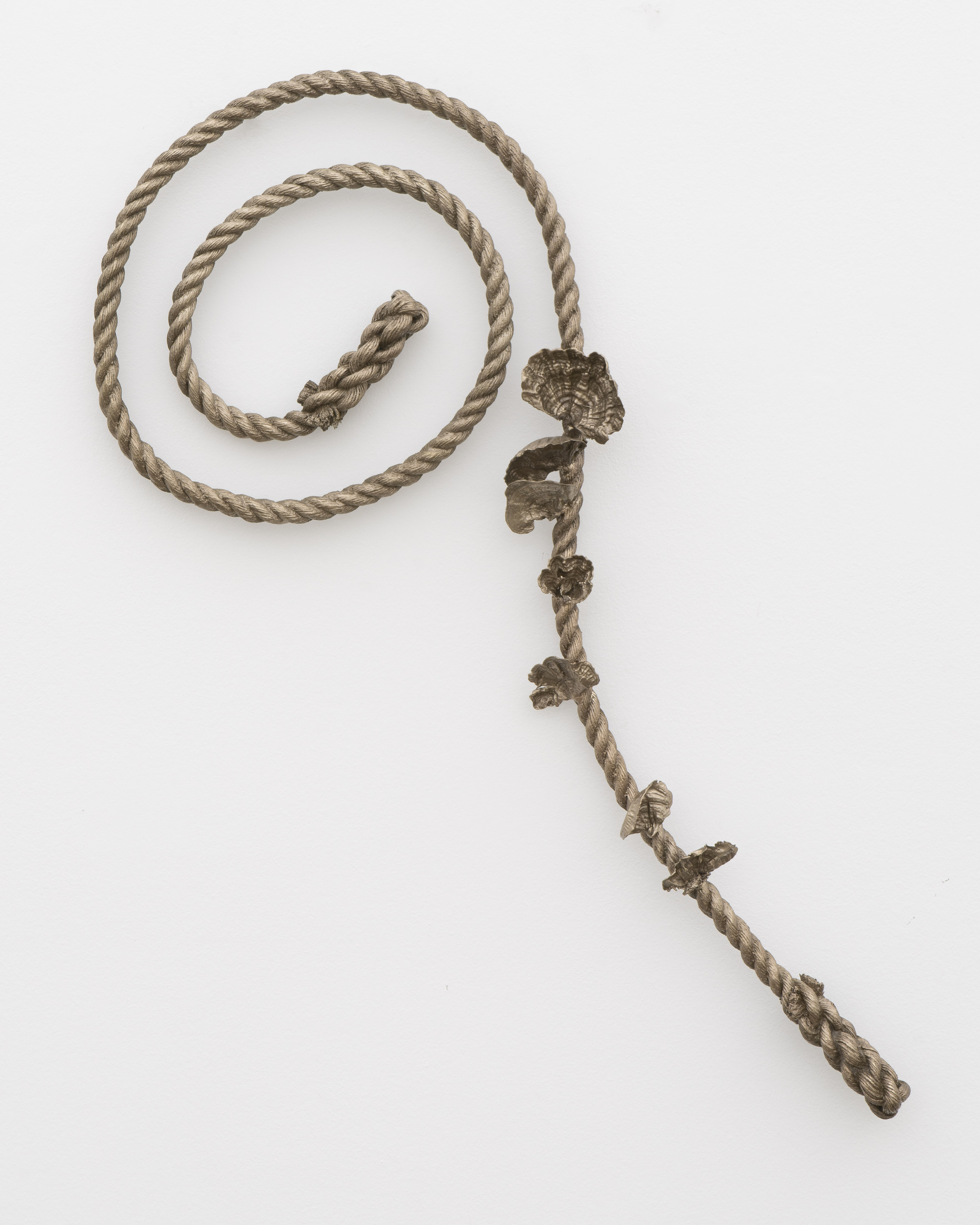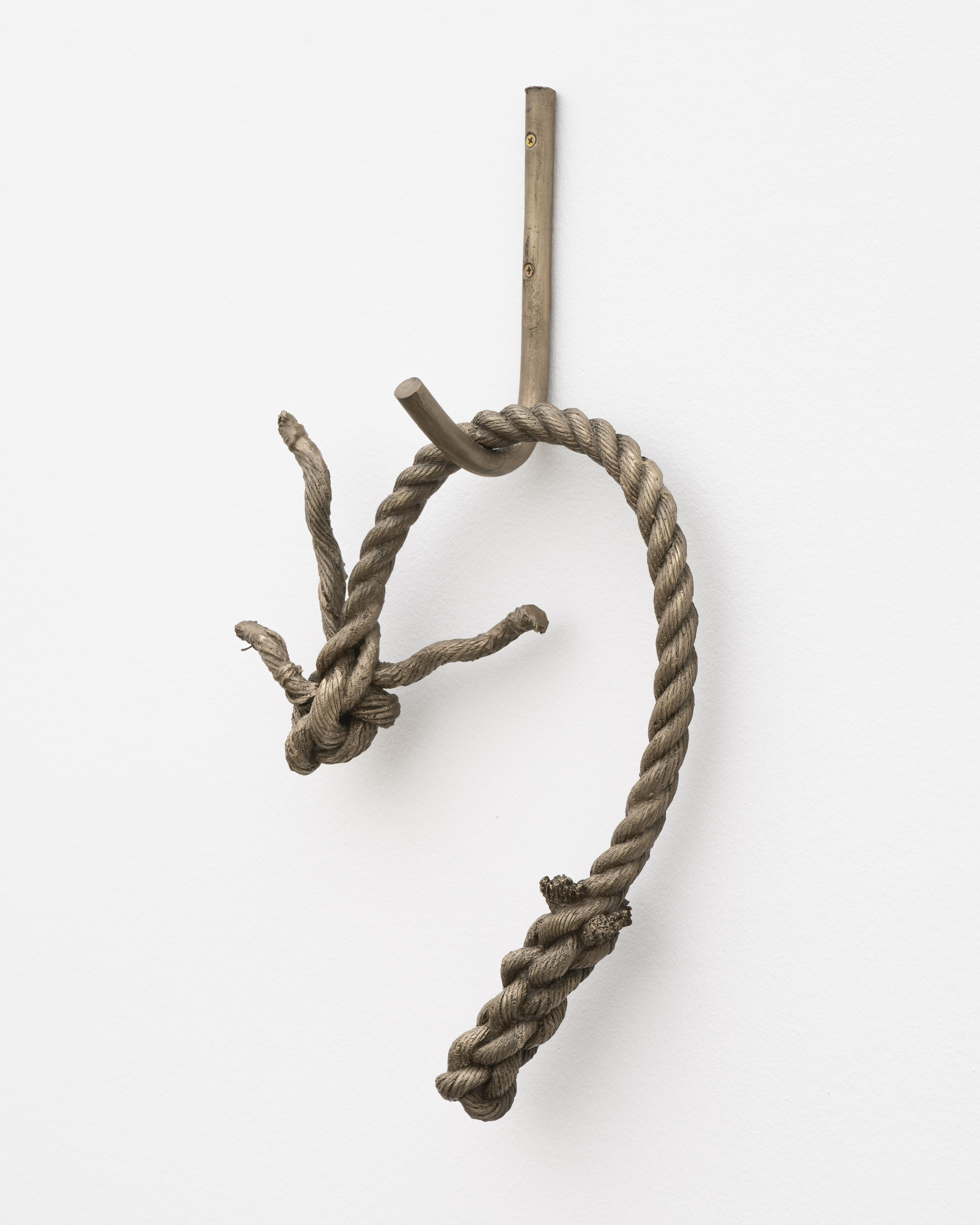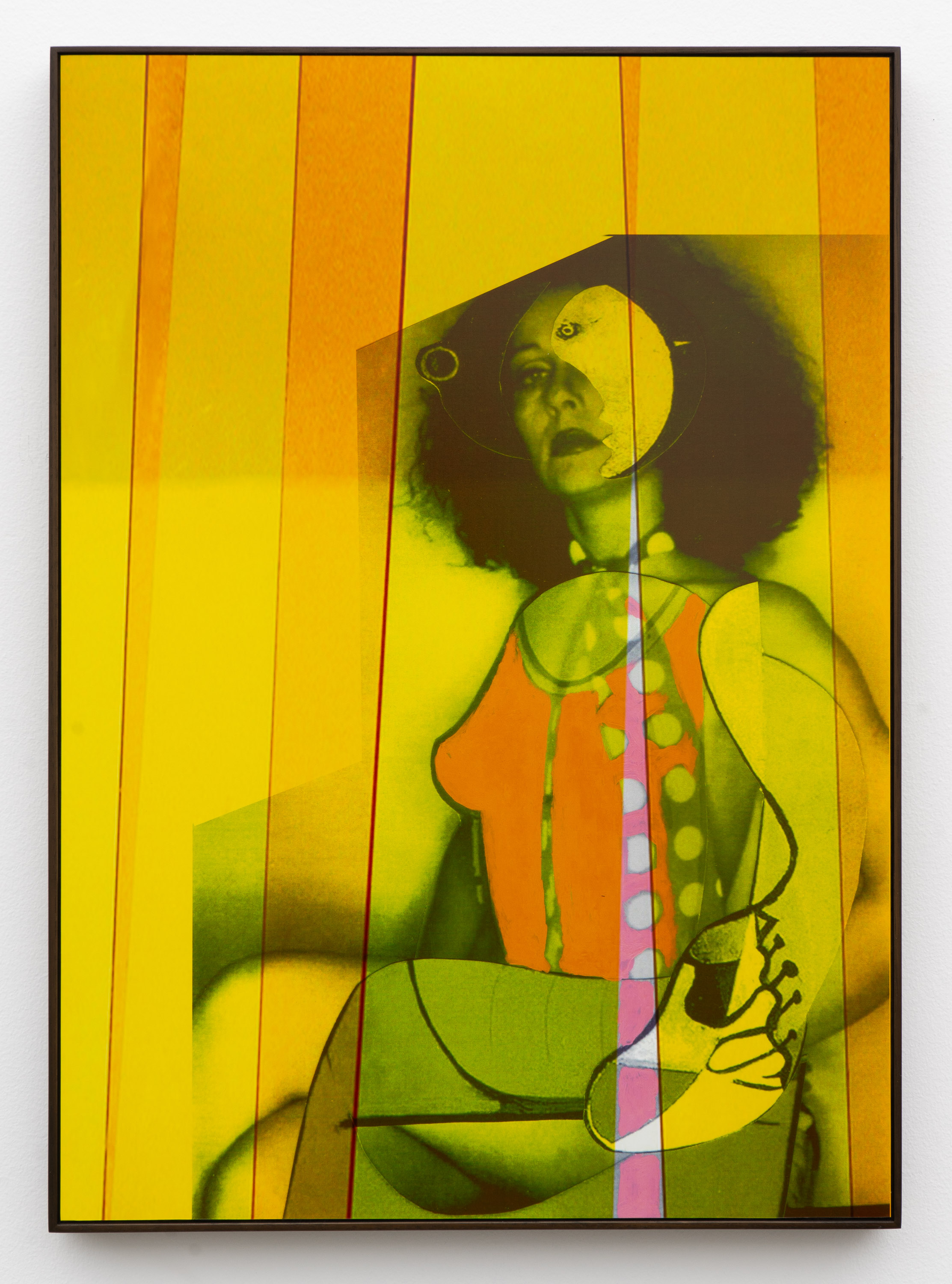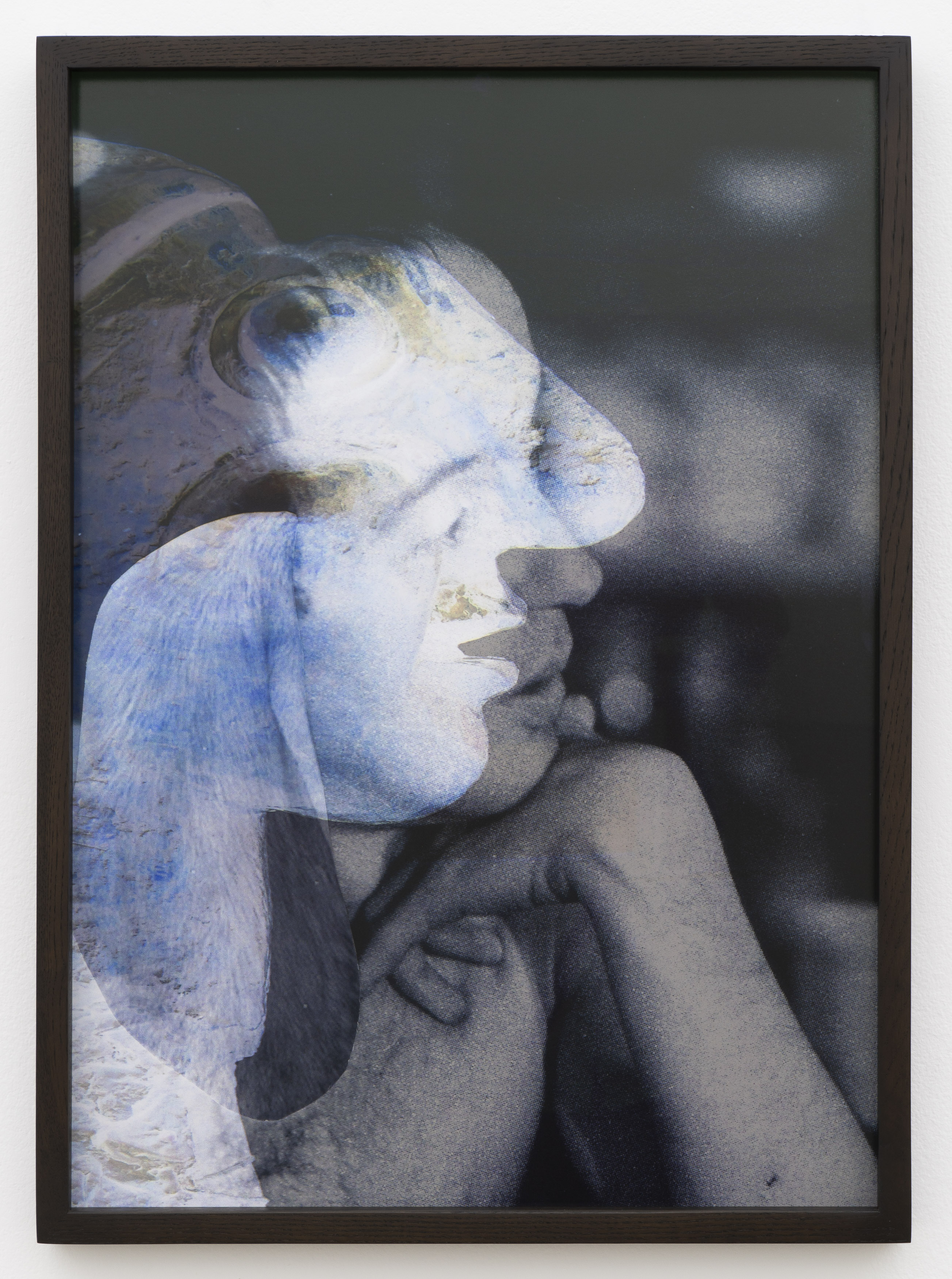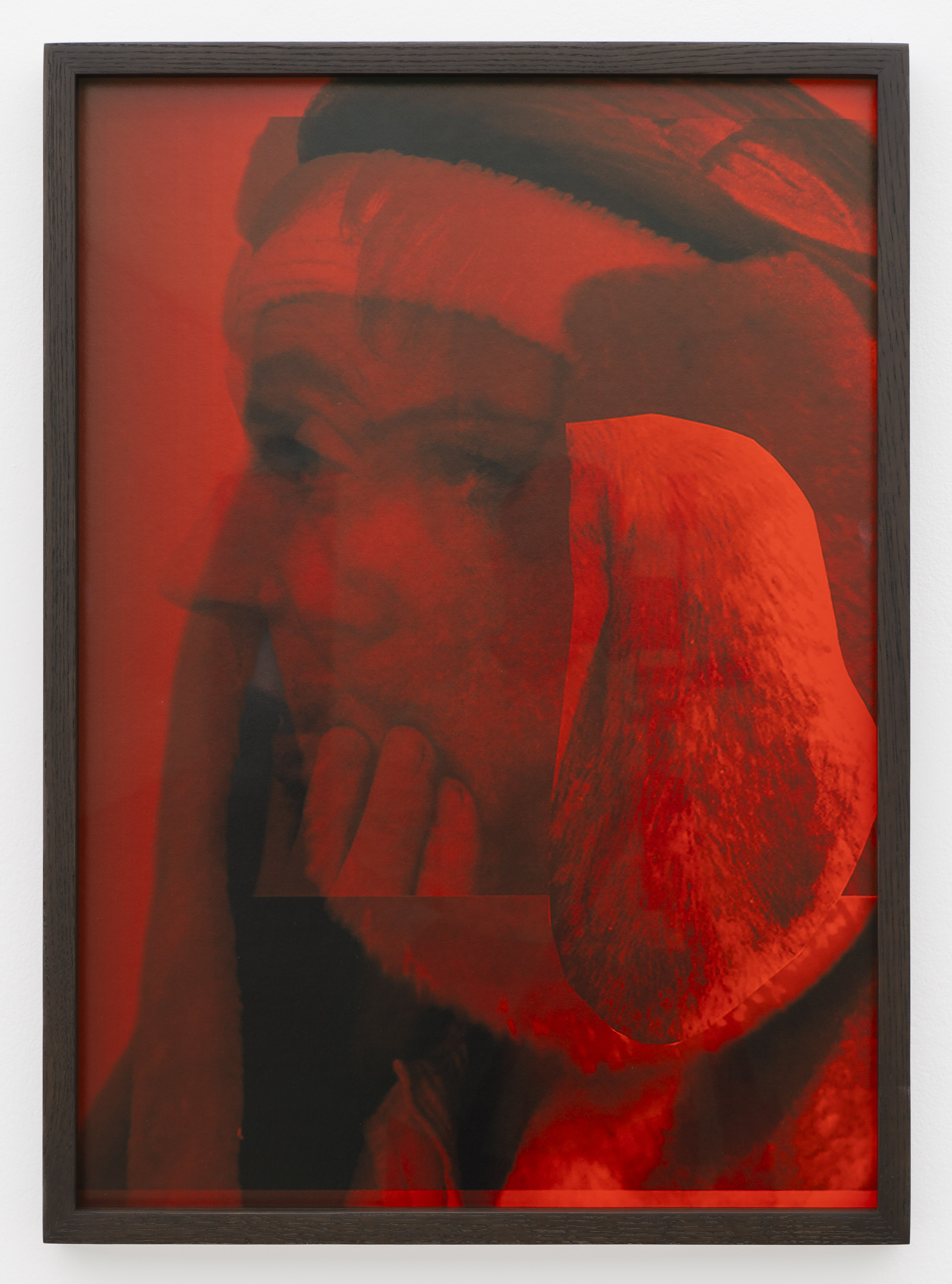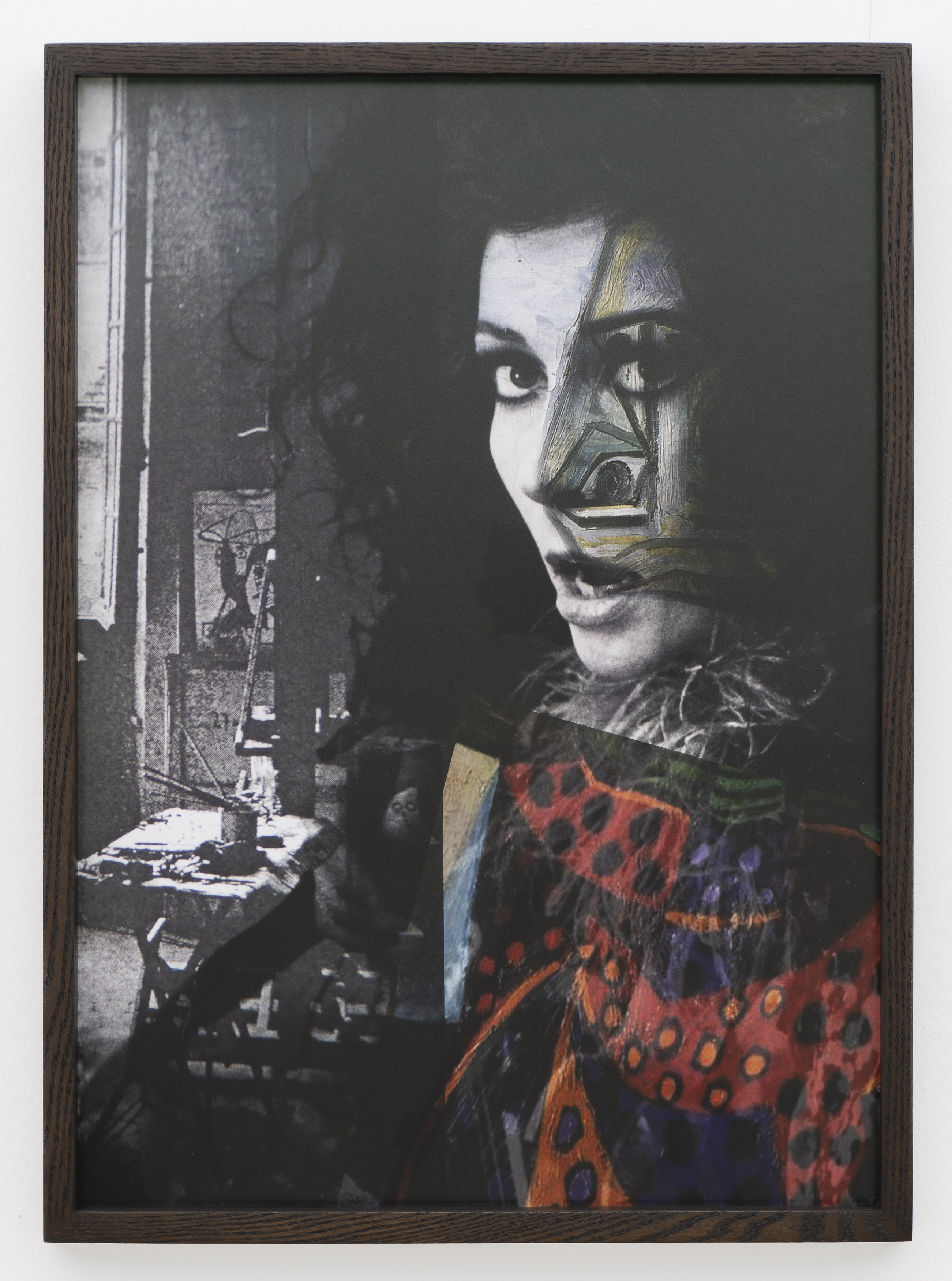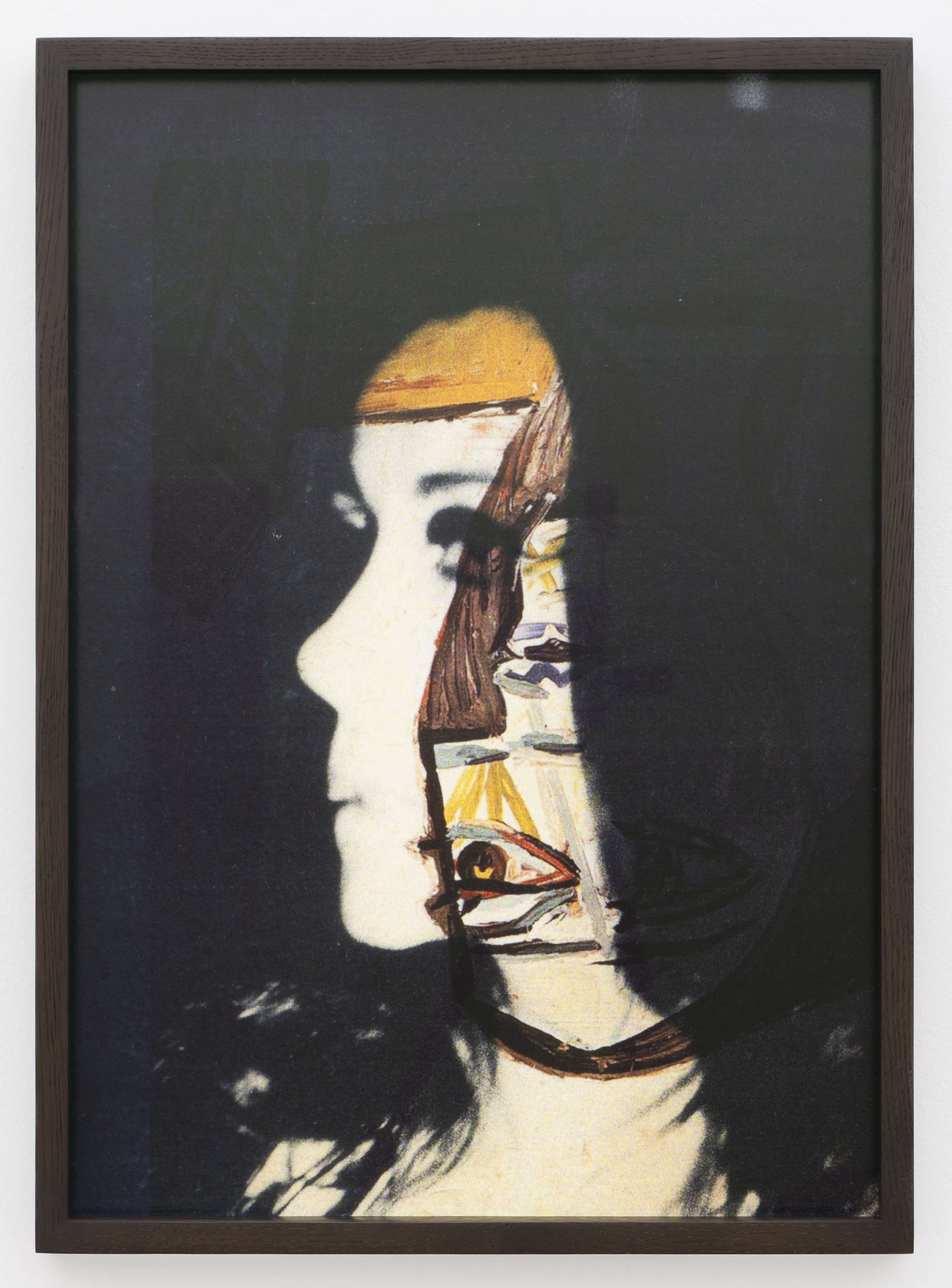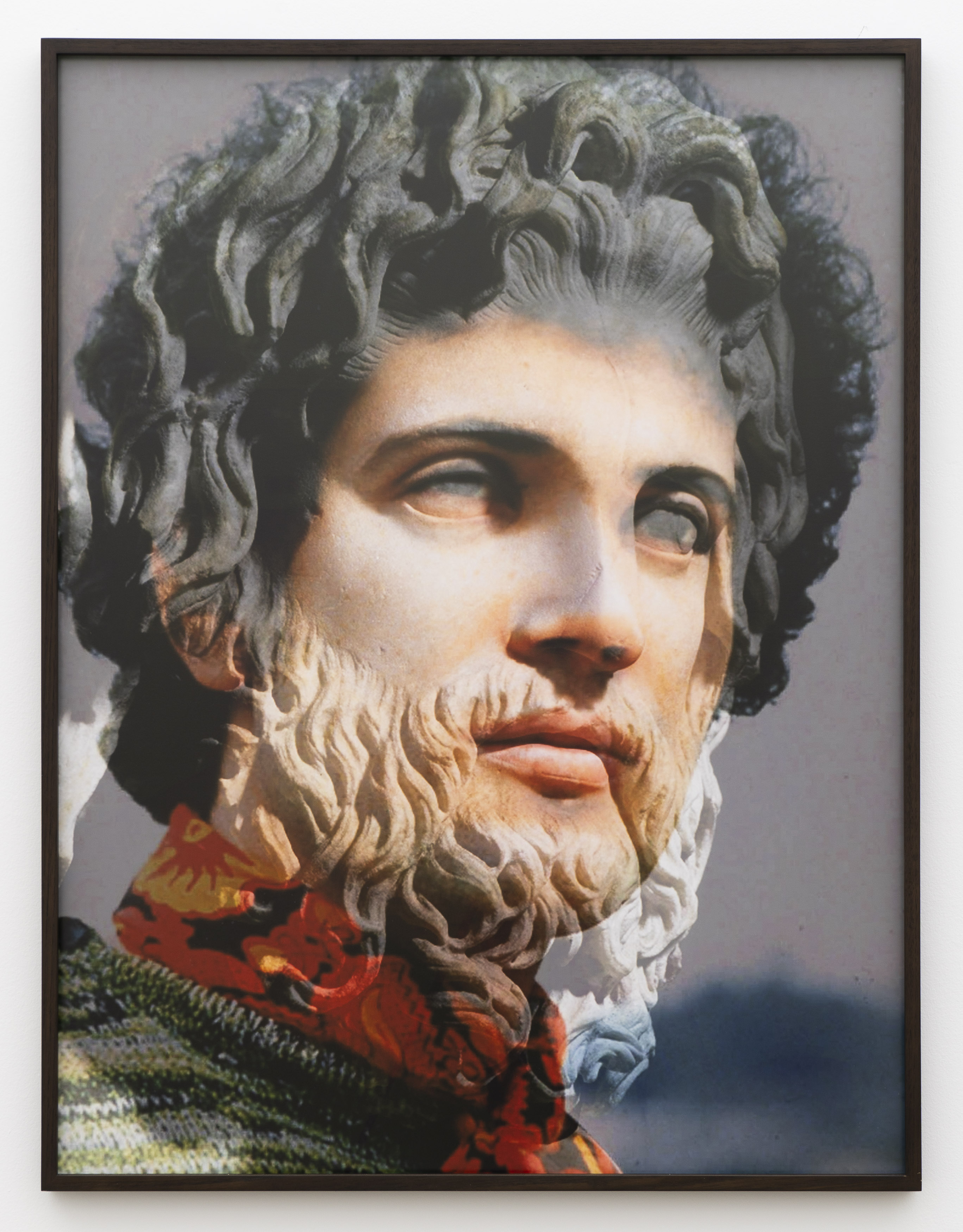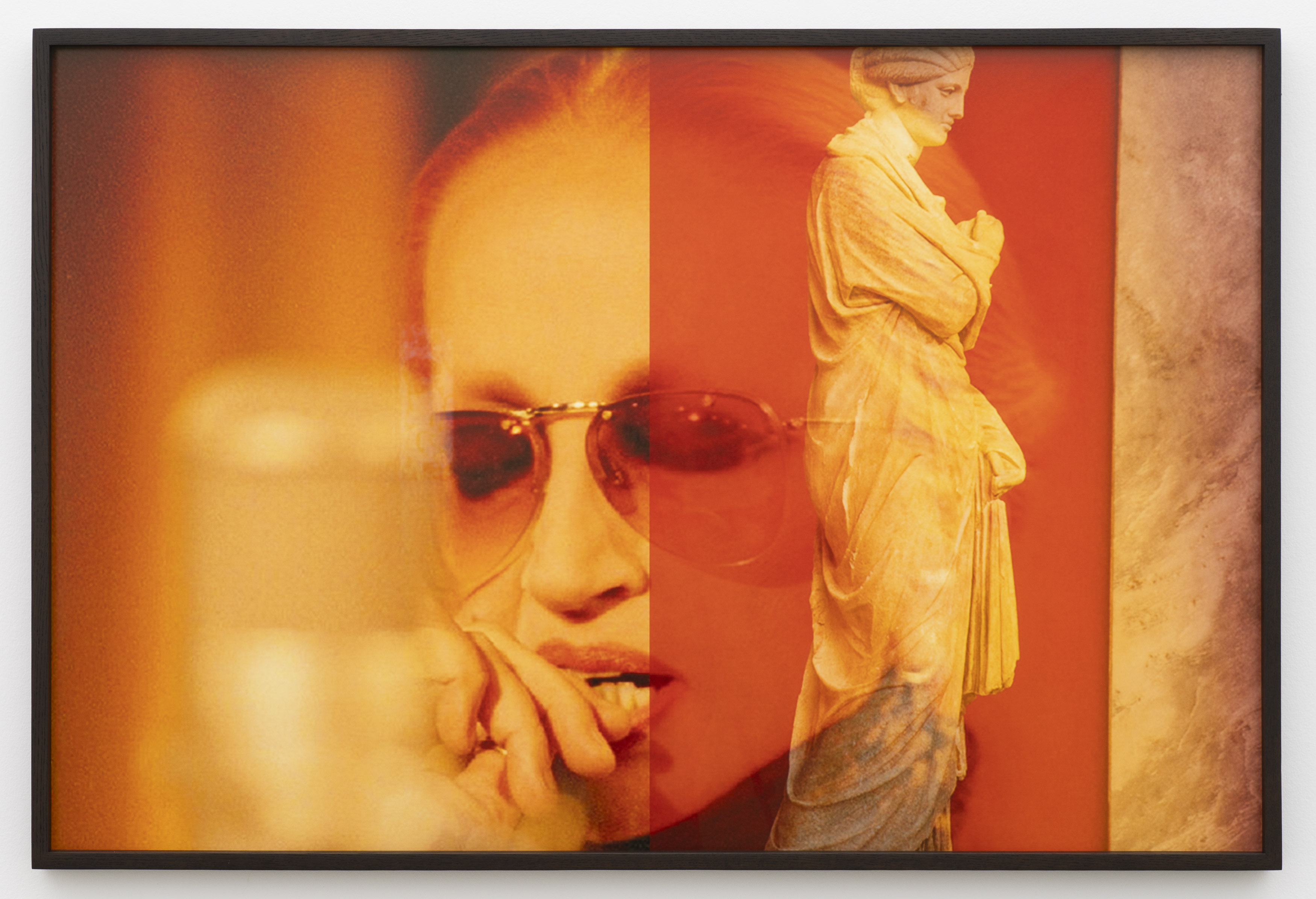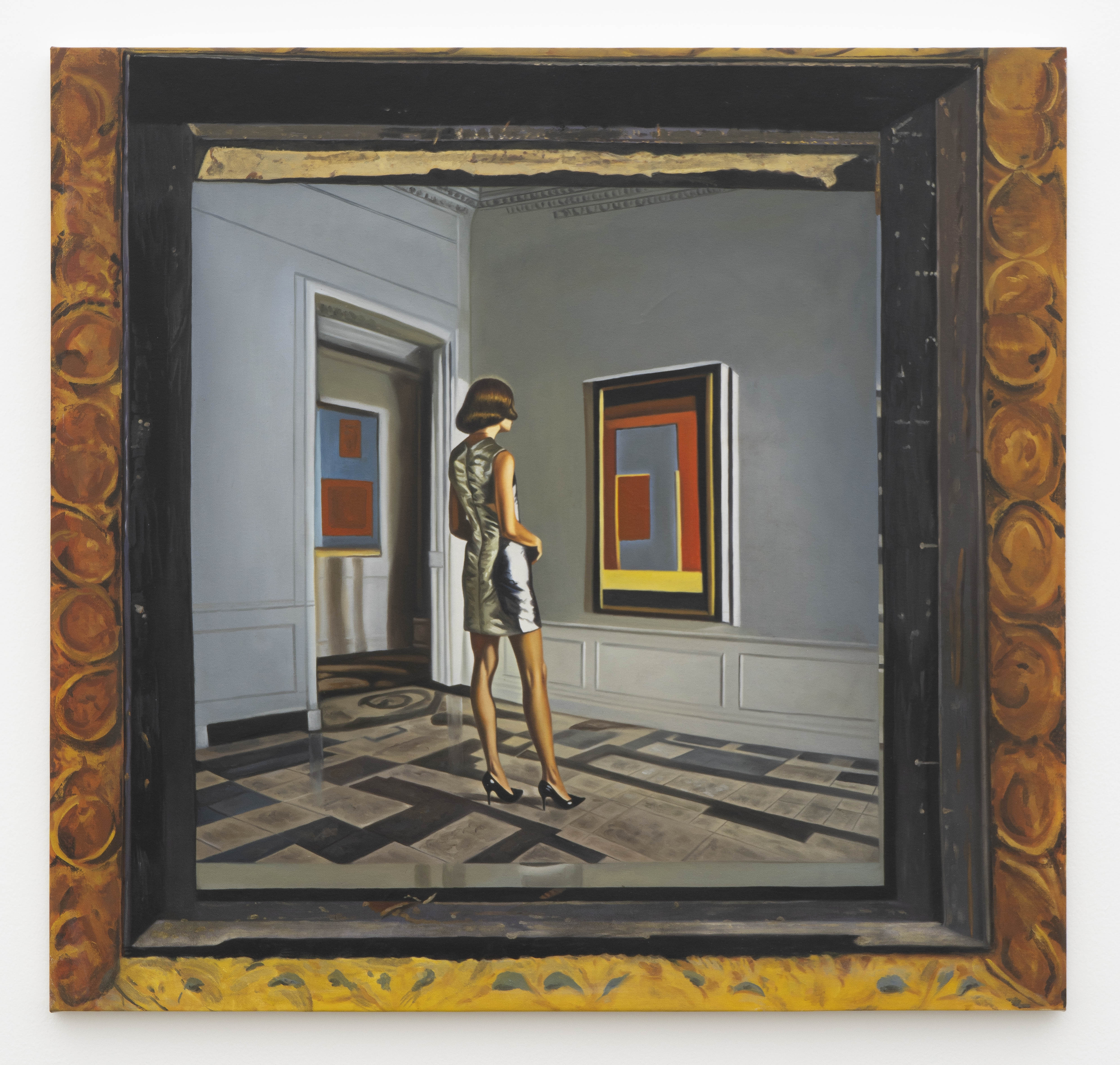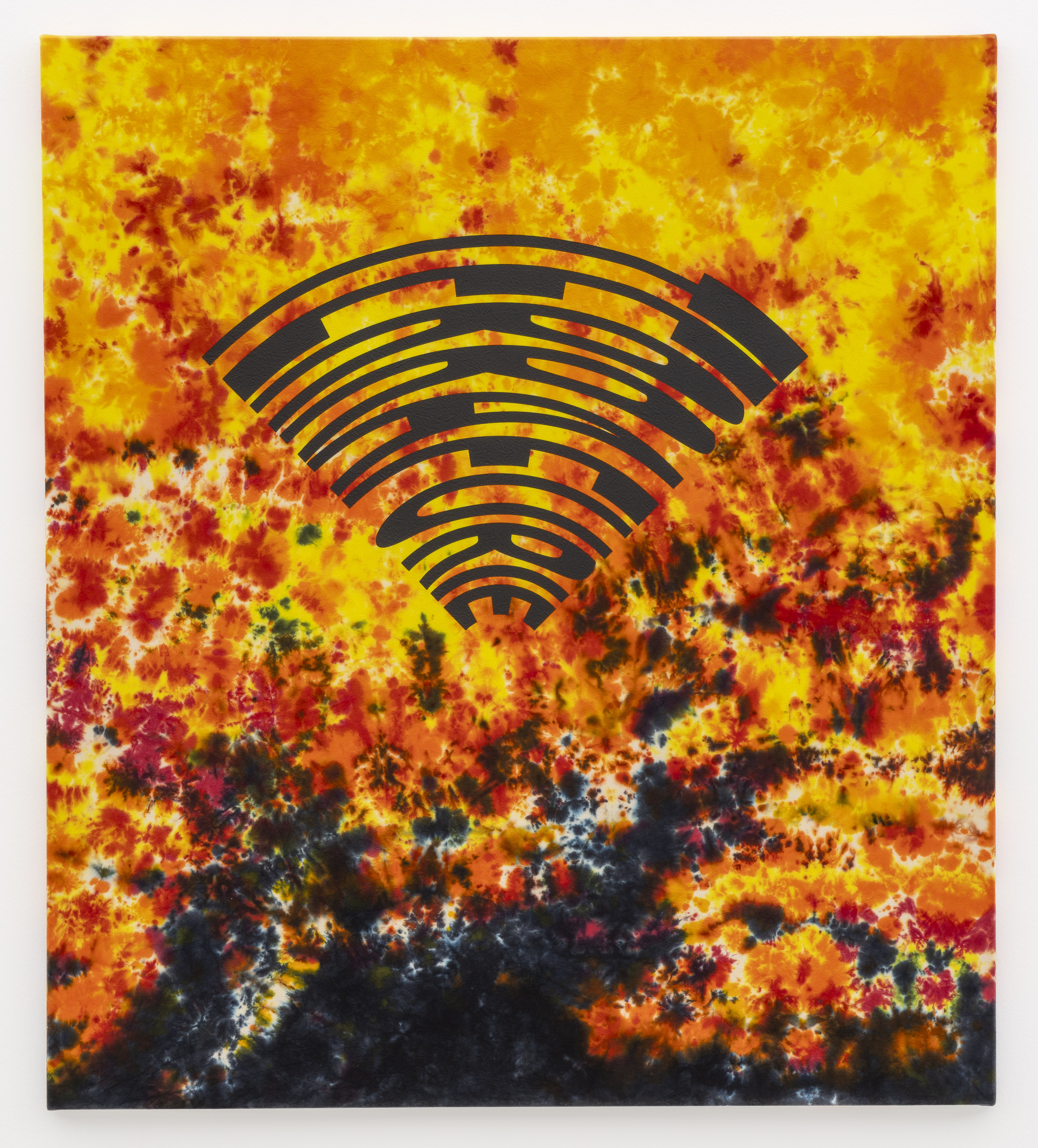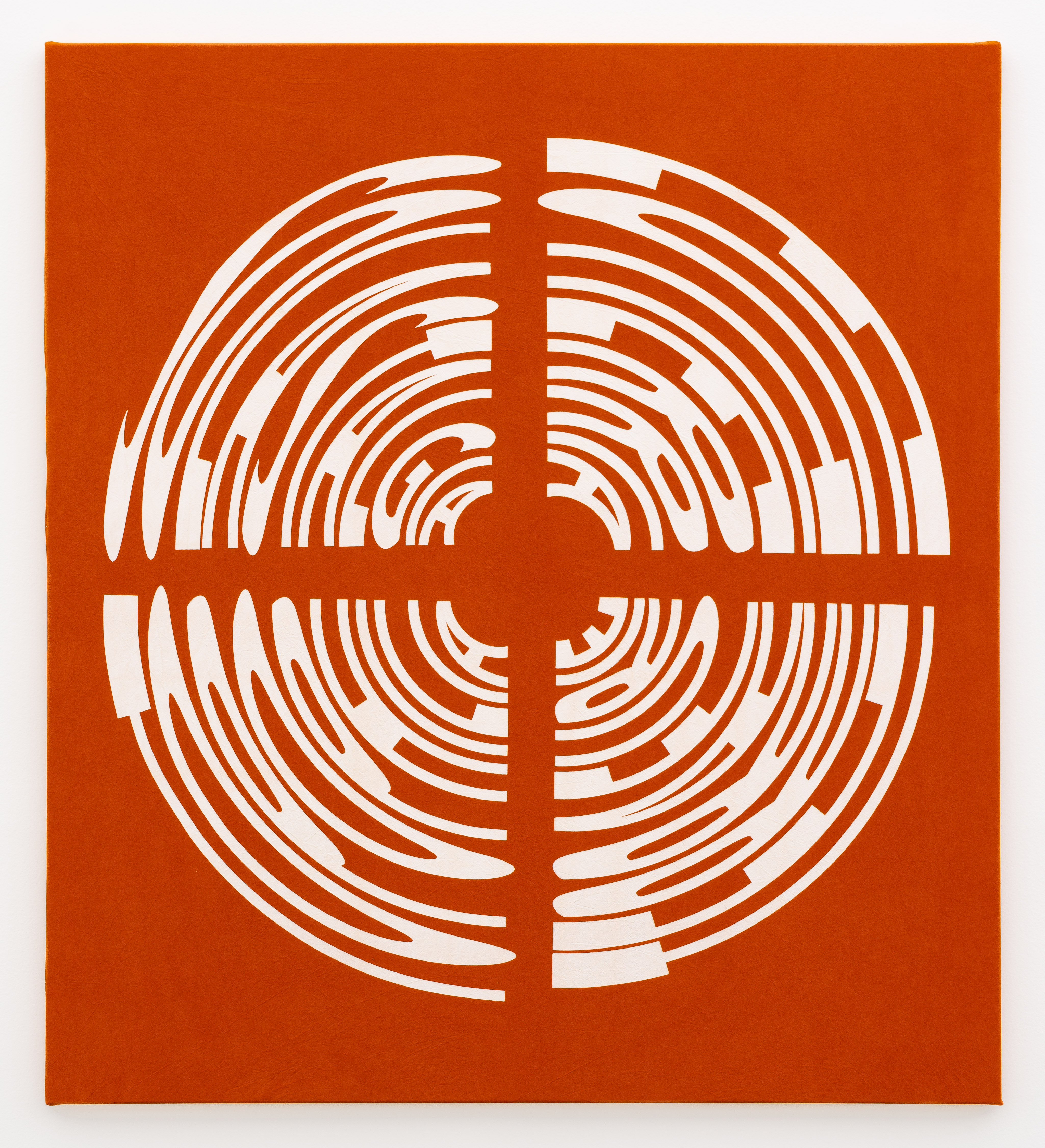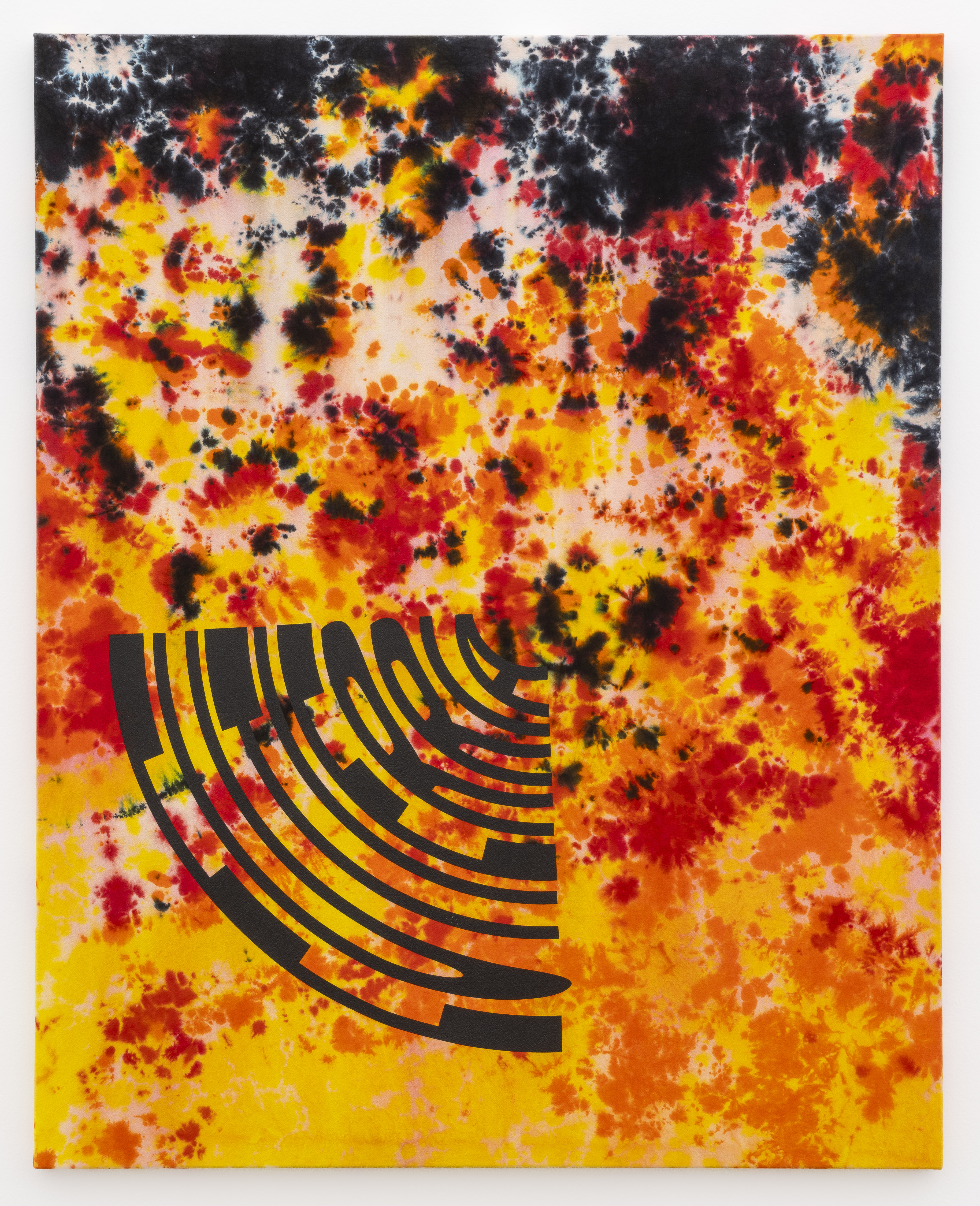Neon Parc is thrilled to present new and historical works by Damiano Bertoli, Diena Georgetti, Janet Burchill and Jennifer McCamley which focus on their overlapping interest in Modernism, abstraction and time.
‘Melbourne Art Fair 2025’
20 Feb.–23 Feb.2025
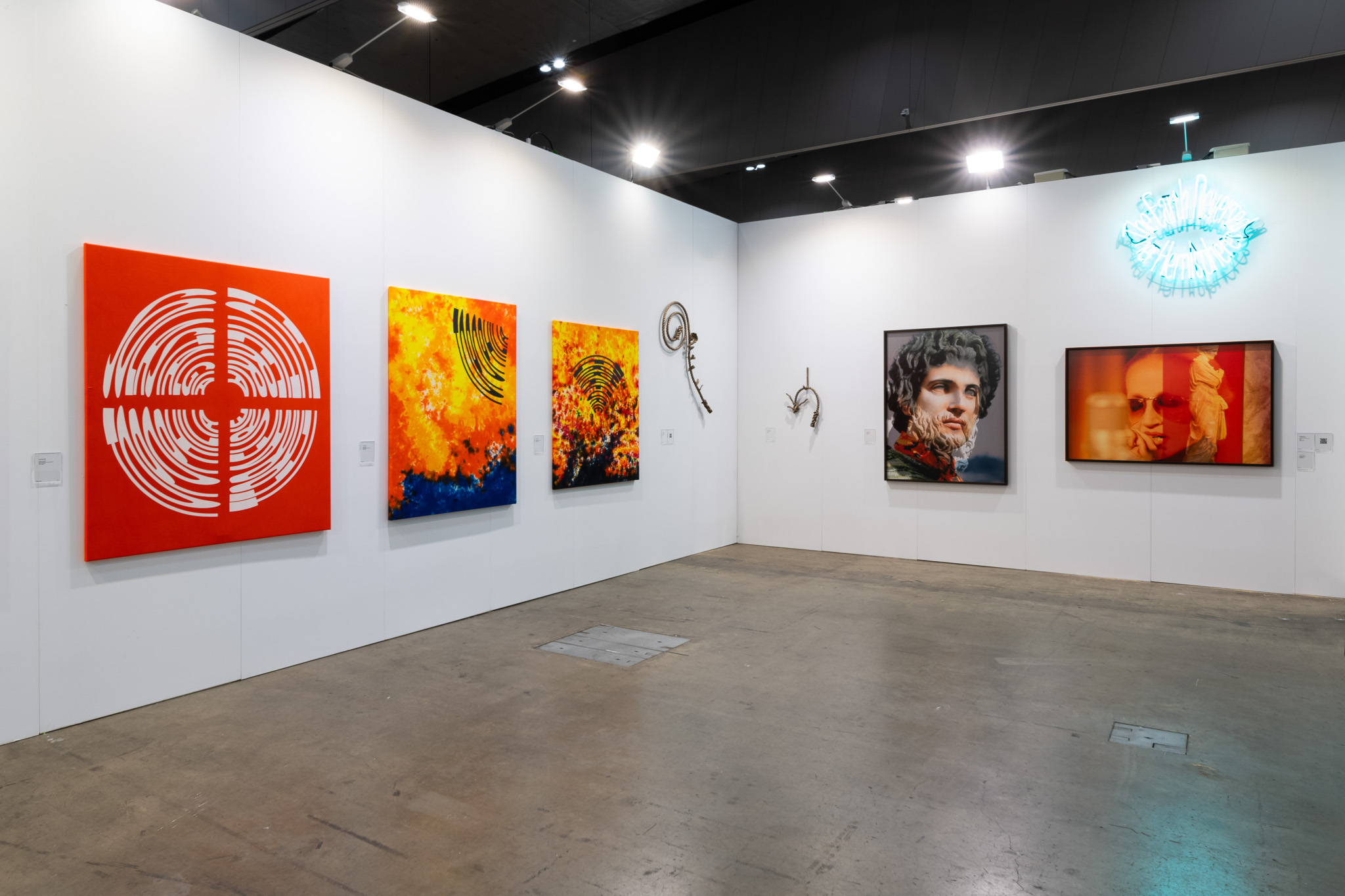
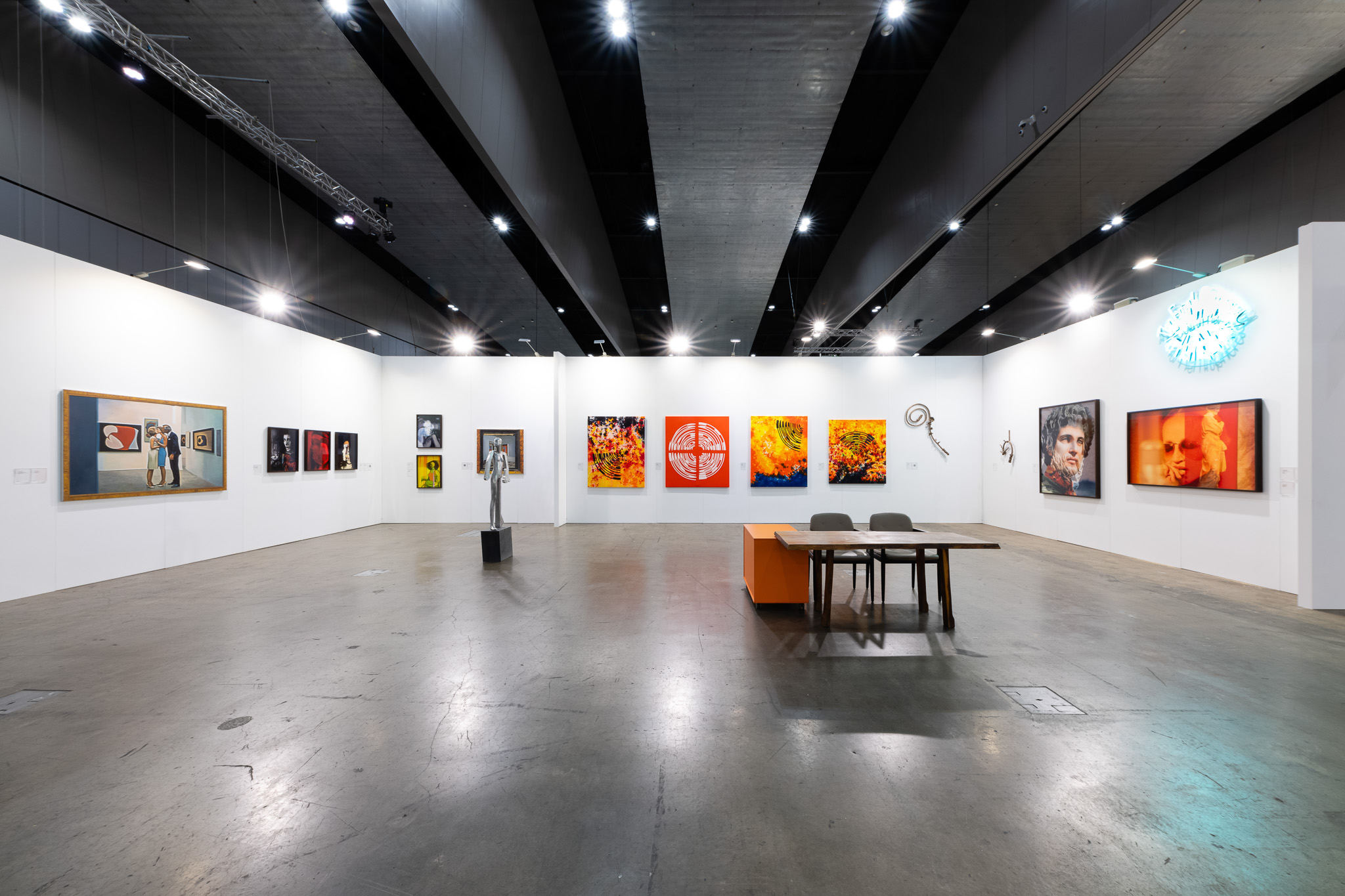
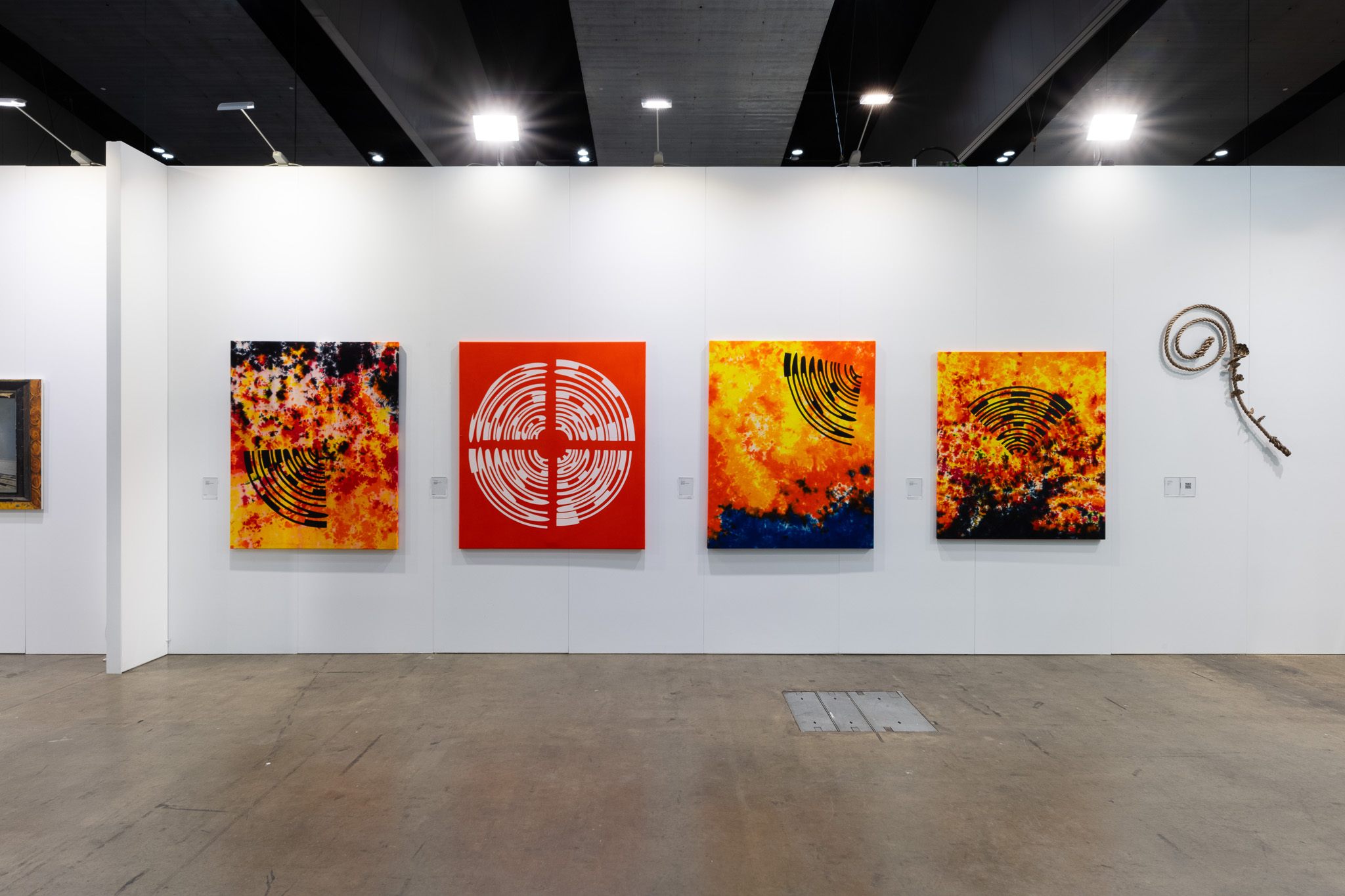
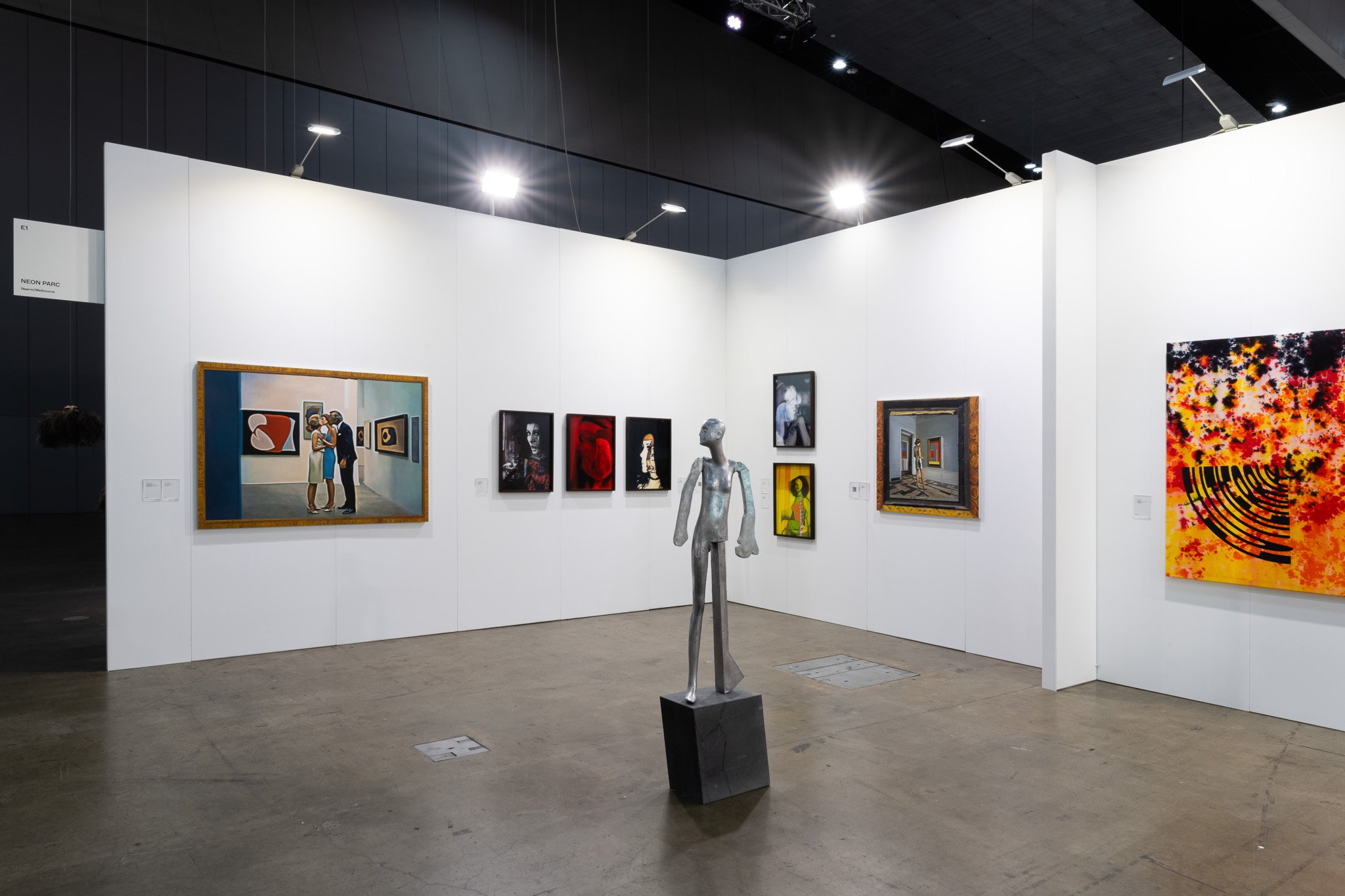
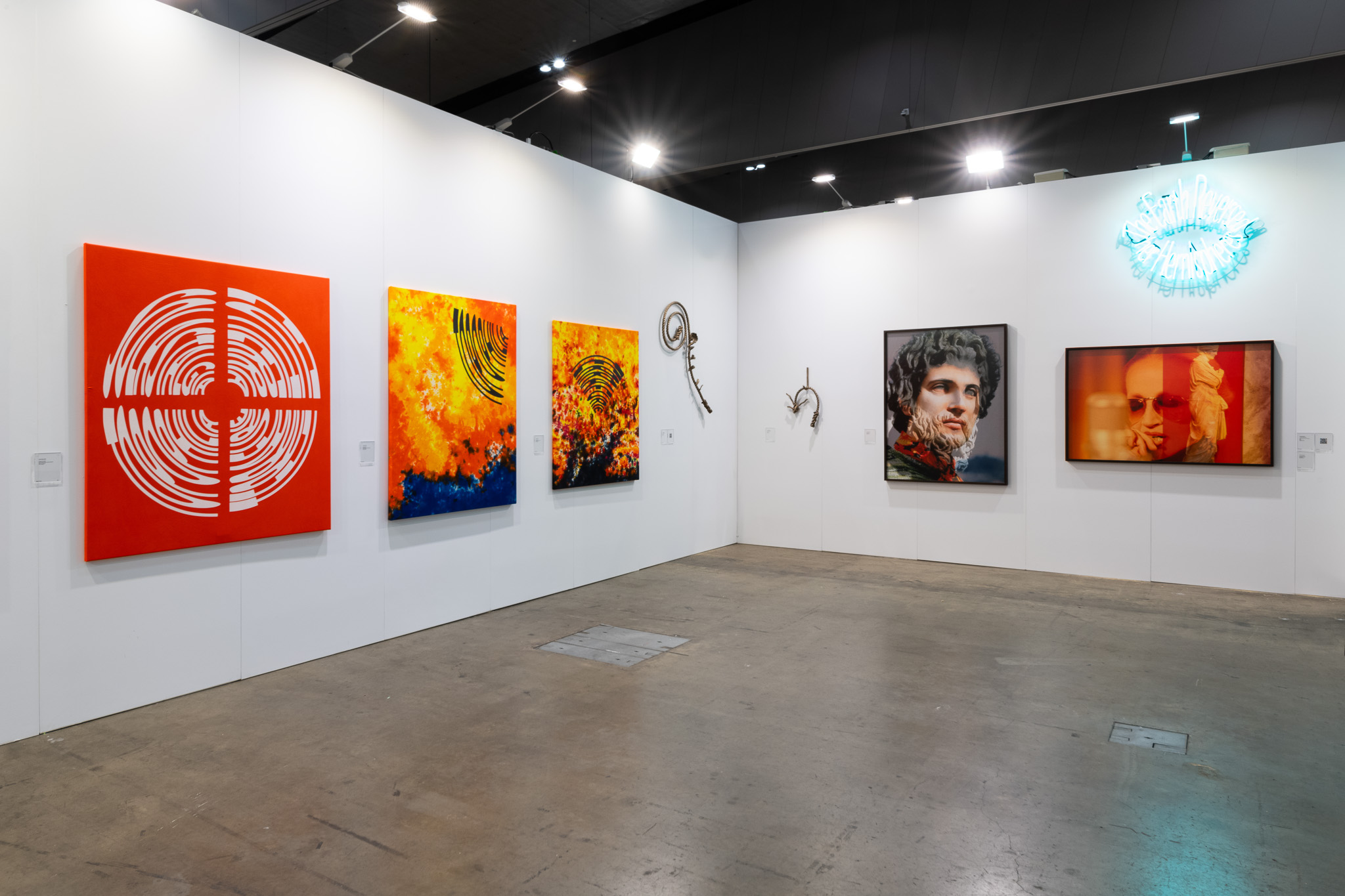
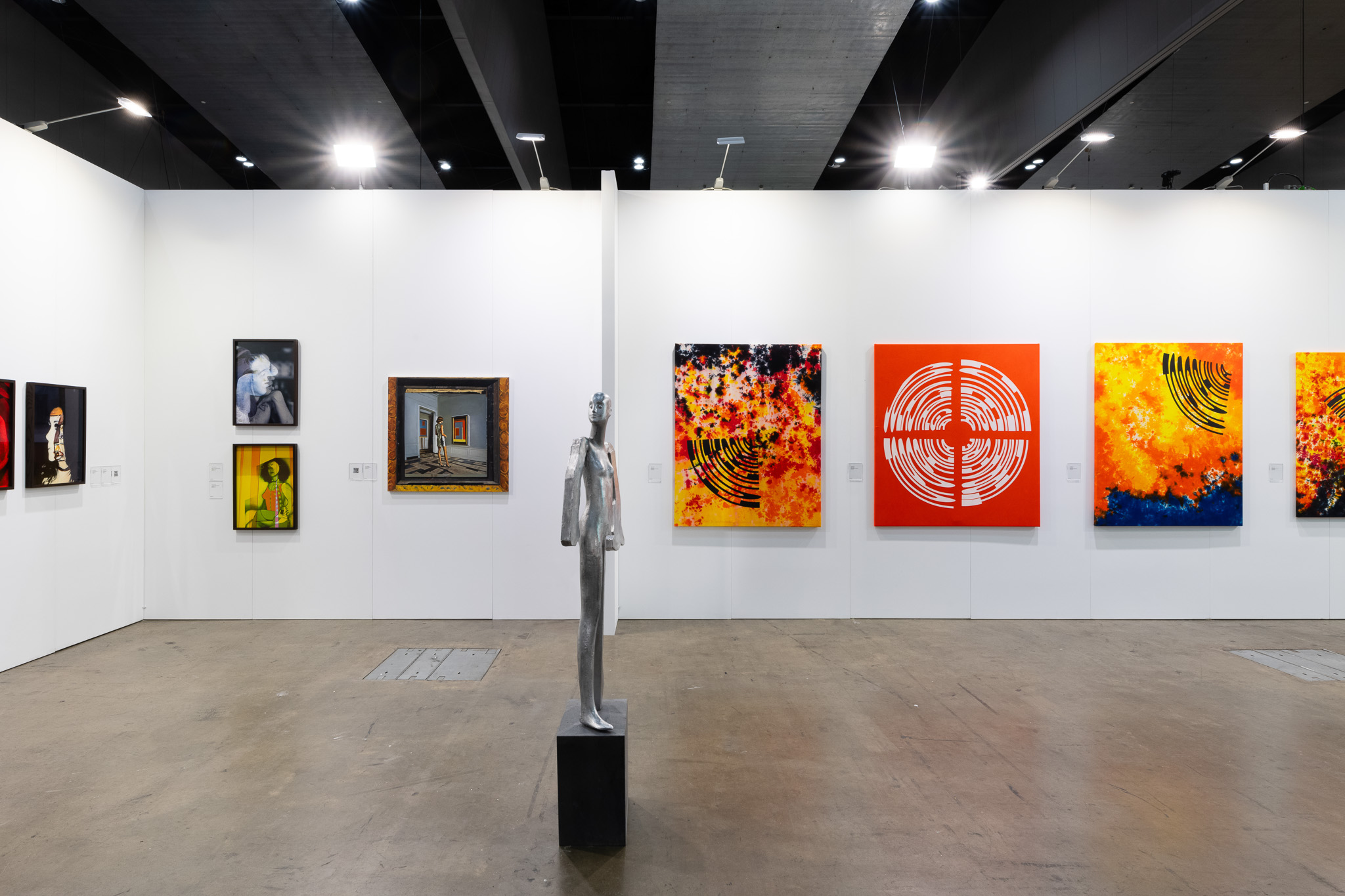
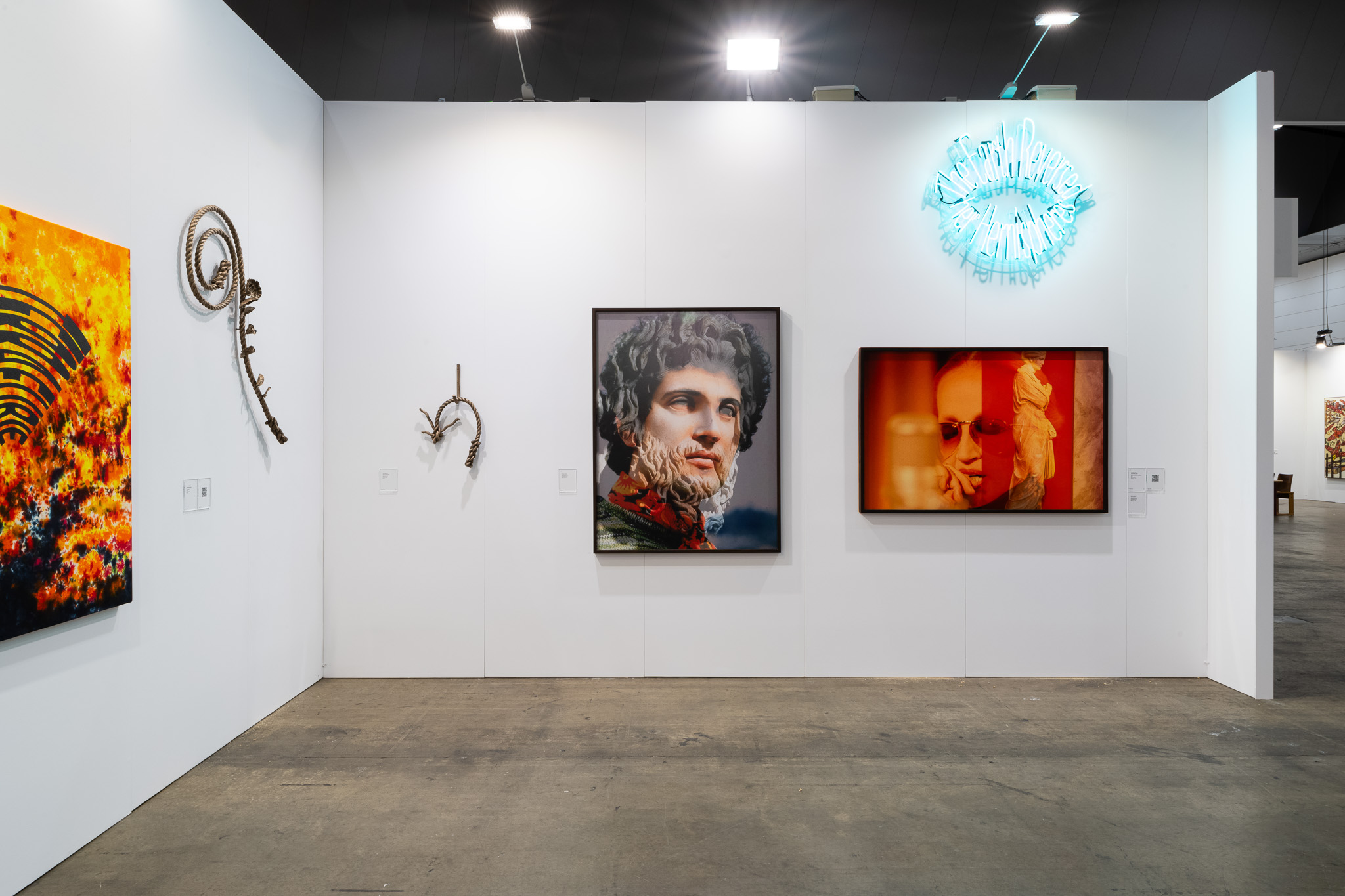
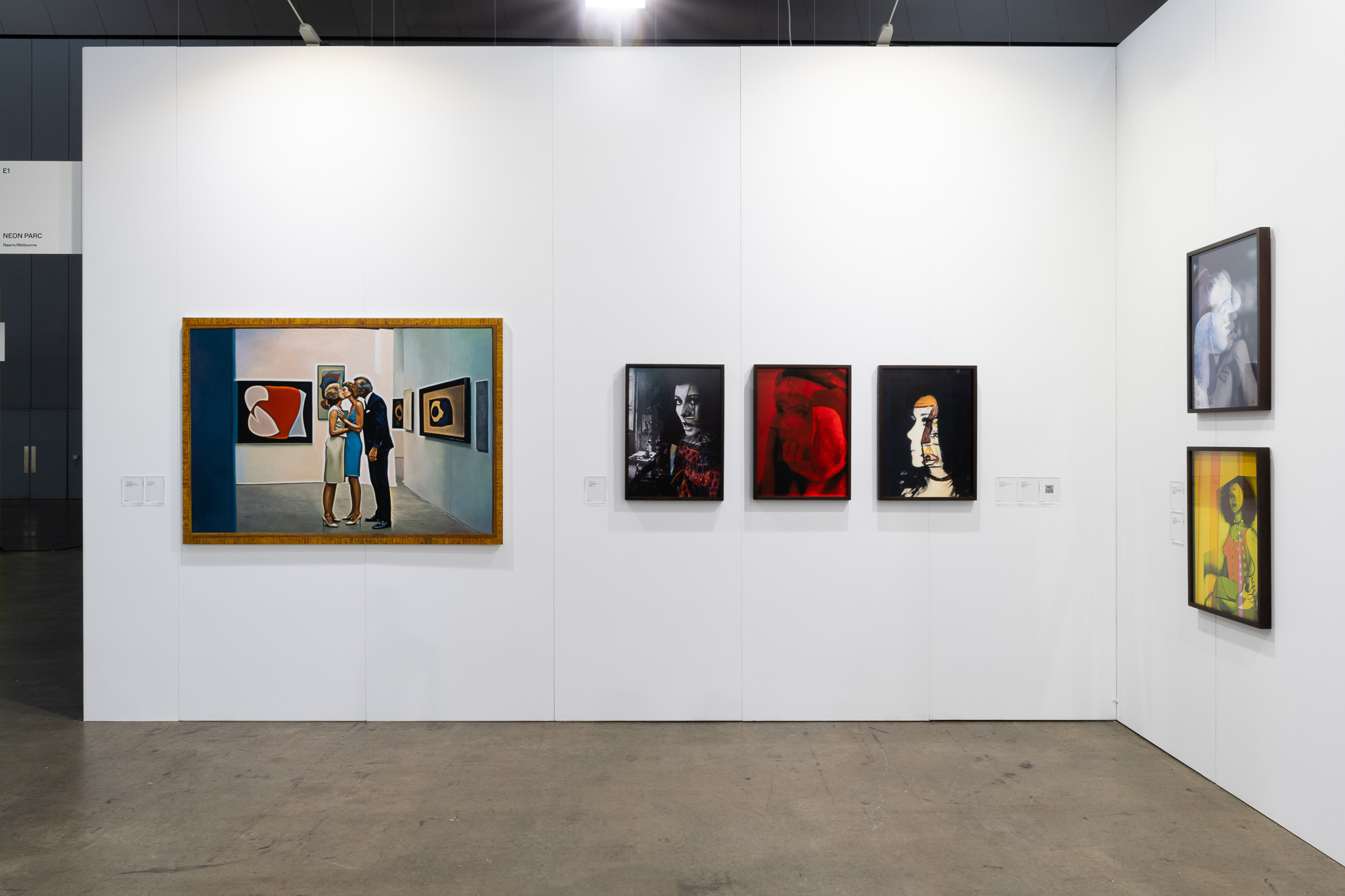
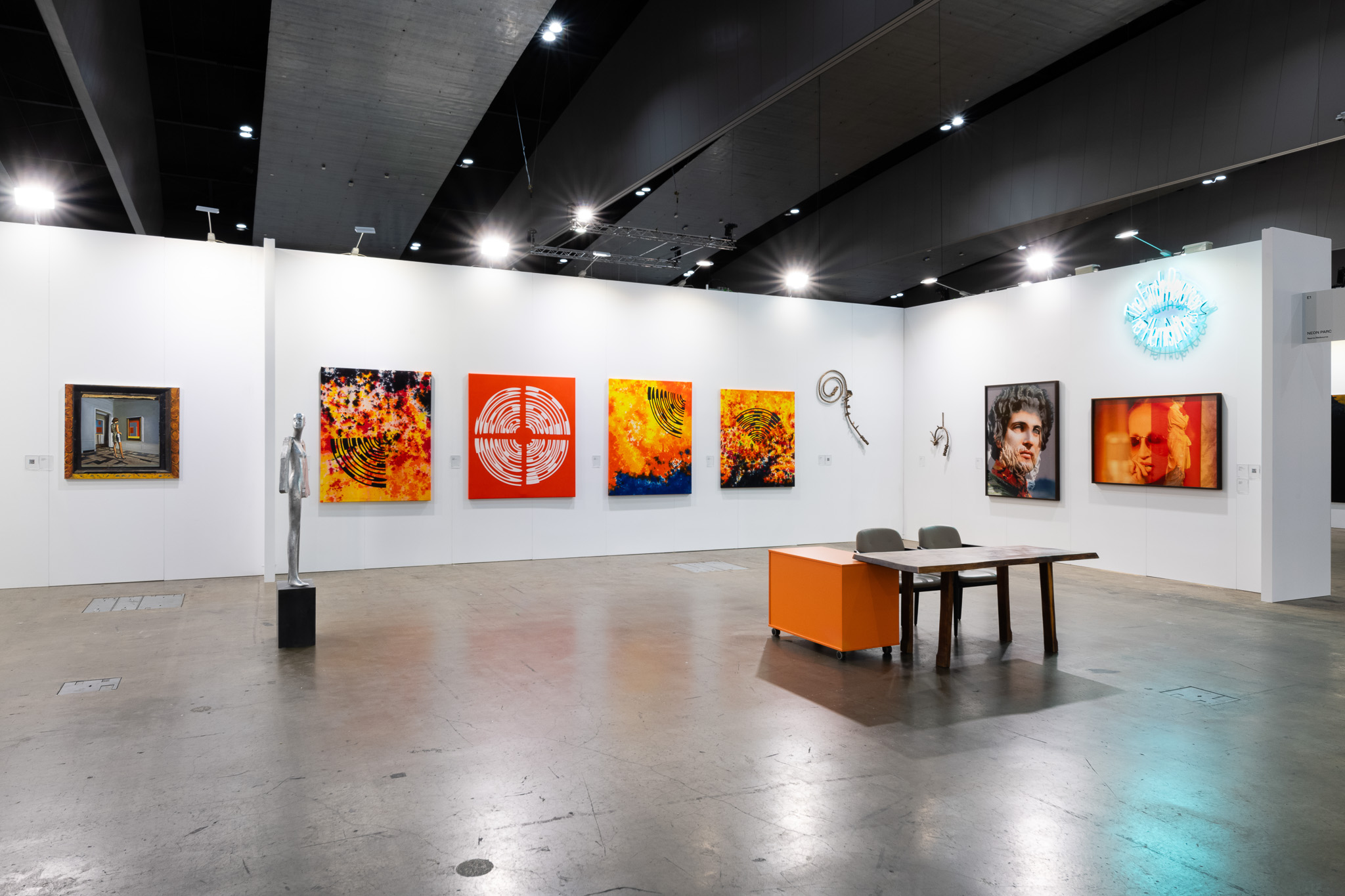
Diena Georgetti presents two works from her new series ‘The Collector’, which examine the conventions of the art world structure, positioning the collector within her oeuvre. These works by Georgetti are an honoring to art patrons and recognize their vital role. ‘Collector/foyer’, 2025 is a portrait of a woman viewed from behind, in an intimate rapport with the abstract painting in the entrance hall. The interaction promotes an enquiry we have all felt, toward the enigma of art. ‘Collector/trinity’, 2025 reveals three figures - two women and a man, in an embrace, within a Modern Art Museum. The painting conjures the close connection and reciprocal nature of the relationship between artist and collector.
Burchill / McCamley’s aqua blue neon ‘The Earth Reversed her Hemispheres’ 2024 borrows its phrase from a poem by American proto-modernist poet Emily Dickinson (1830-1886). Dickinson positions the earth as an autonomous protagonist – the earth reverses her hemispheres as if to come undone or turn herself inside out. Like a drawing in light, the parable-like words form a glowing ellipse.
The new sculptural works ‘Kingdom’ 2024 and ‘Attachments’ 2024 are unique bronze casts of lengths of rope. ‘Kingdom’ incorporates fungi surging and spurting from the rope. Burchill / McCamley’s interest in fungi stems from its status as an anomaly within flora and fauna. The artists have noted that “Fungi are neither plants nor animals. They are, botanically speaking, their own kingdom.”
Janet Burchill’s striking new series of paintings utilize fibre reactive dyes and a variety of staining techniques, predominantly tie-dye. Appearing like birds-eye views of topographical landscapes, the paintings resemble a fire ravaged country or weather patterns moving across land. Layered on top of the tie-dye surfaces are singular words “Solastalgia”, “Eutierria”, “Occhiolism”, “Topophilia” and “Terrafurie” which have been manipulated into symbols. Amplifying the words as shapes, the words are distorted into a cone-like forms reminiscent of a megaphone or search light. The intensity of the visual register of these paintings creates a vibrational feeling, they jostle and radiate – provoking their own warped psychedelia.
The chosen words spring from a new language being built by climate scientists and theorists to help give society a new way of discussing the distresses related to our impending and present climate crisis. Just as psychedelia and hippy culture of the sixties was a way to rebel against conservatism and invent an alternative way of being in the world – this new climate language acts as a way of reflecting our new reality.
In ‘Superpositions’ 2019, Damiano Bertoli (1969–2021) collaged images from 1970s Italian pop culture with classical statues, exploring recurring gestures and representations in moments of countercultural disruption. Collage was central to Bertoli’s practice, allowing him to merge disparate elements across time into what he called a ‘continuous moment’. His fascination with the late 1960s to early 1970s—a period of political and social upheaval in Italy, coinciding with his own birth and childhood—deeply influenced his work. Inspired by the book “Superpositions” 1979 written by Gilles Deleuze and Carmelo Bene, Bertoli engaged with Bene’s anarchic vision, where major and minor coexist in a polyphonic, multi-polar space. Rejecting culture as a rigid hierarchy, Bene advocated for subjectively driven experiences over passive consumption. Bertoli echoed this idea, collapsing historical timelines into a fluid loop, challenging linear perceptions of past, present, and future.
In Bertoli’s project ‘Continuous Moment: Le Désir…’, Pablo Picasso’s surrealist play was reimagined through a fusion of two historical moments: a reading by Parisian intellectuals in Picasso’s studio during World War II and Jean Jacques Lebel’s avant-garde 1967 adaptation, a psychedelic Happening featuring light shows and rock music. Bertoli’s ‘Le Desir’ photomontages and sculpture merge these contrasting aesthetics, creating unexpected contradictions and connections.
Janet Burchill and Jennifer McCamley have been working collaboratively and individually since the early 1980s. Their practice spans photography, printmaking, sculpture, text, painting and neon. Their work draws on a range of influences, from political and artistic manifestoes to the legacies of modernisn, feminism and conceptual art. Recent solo collaborative exhibitions include Simone Weil Project at Neon Parc and Guzzler Spirit at GUZZLER in 2022. In 2019 a major retrospective of their work Temptation to Co-Exist was presented at Heide Museum of Modern Art, Melbourne.
Damiano Bertoli was one of the most highly regarded artists of his generation (1969-2021). Damiano’s practice connected various points in history, utilising familiar and referential motifs in order to realise what he referred to as the ‘Continuous Moment’. His work investigates artistic experiments and theoretical legacies that inform the history of modernism and contemporary art. Picasso’s 1941 surrealist play “Le Desire Attrape par la Queue” held strong fascination for Bertoli, whose “Continuous Moment: Le désir” series reimagined and restaged this play. Bertoli’s work interrogates the narrative of time, critically positioning his own and other artists’ work in a continuum.
Diena Georgetti (b. 1966) has been a significant figure in Australian contemporary art, since the 1980s. A conceptual painter, Diena’s works are composite pictures, collages of obscure fragments from communities of artist predecessors. She collects, manipulates, and arranges disparate elements into striking and unlikely compositions. She places these compositions within unexpected frames equally drawn from histories of style. This redistribution is her substantial contribution to now. She re-heartens and re-inspirits our own moment by crediting contributions beyond her time and place in history and making clear that art is essential, a motivating life force.
Melbourne Convention and Exhibition Centre
20 Feb.–23 Feb.
2025
